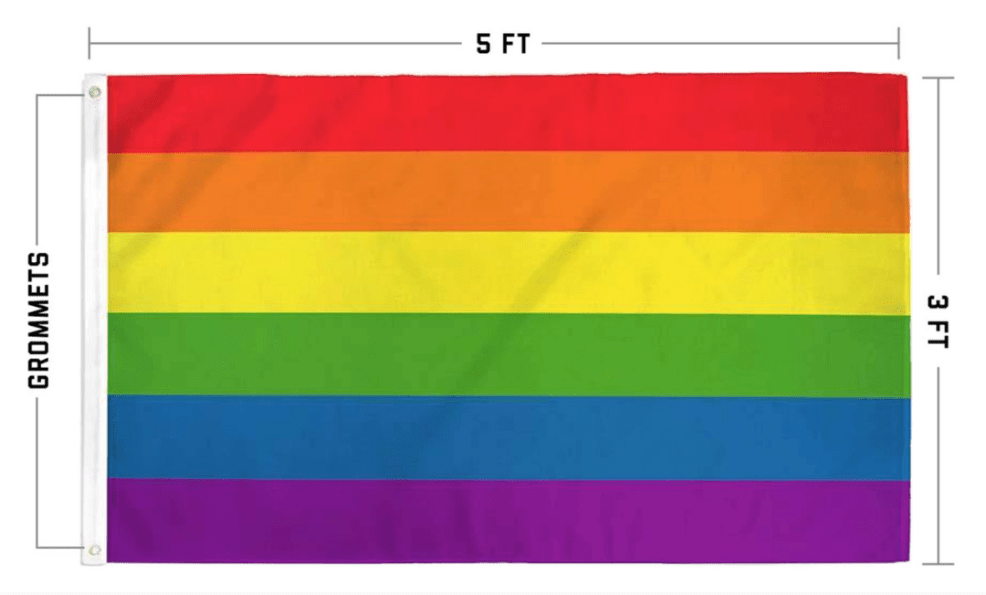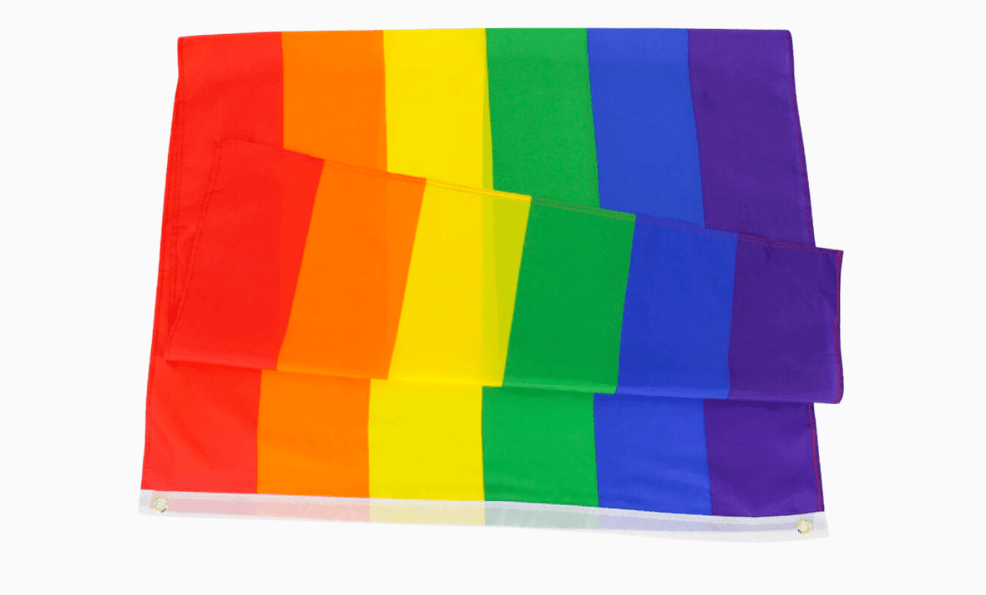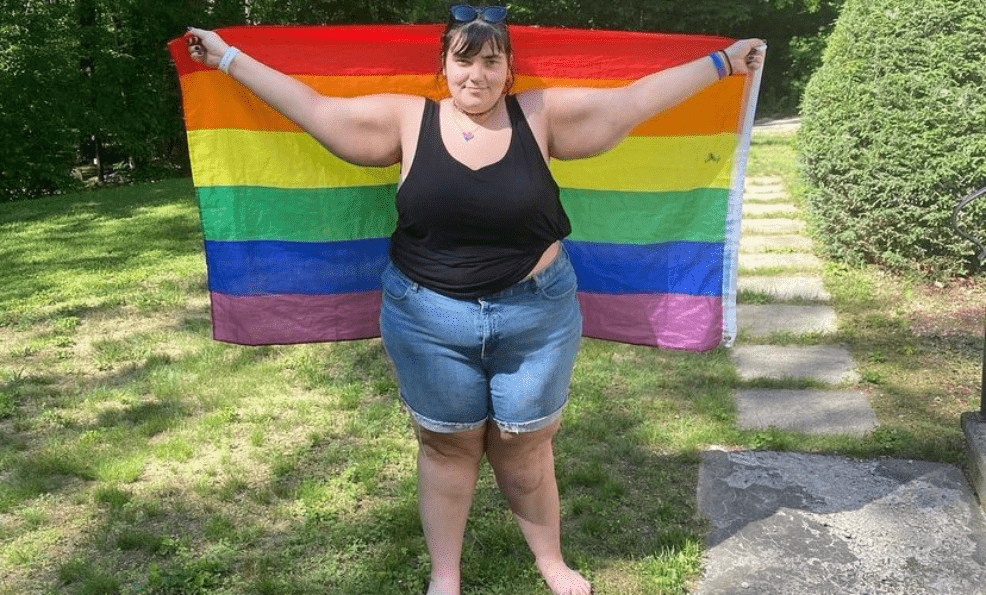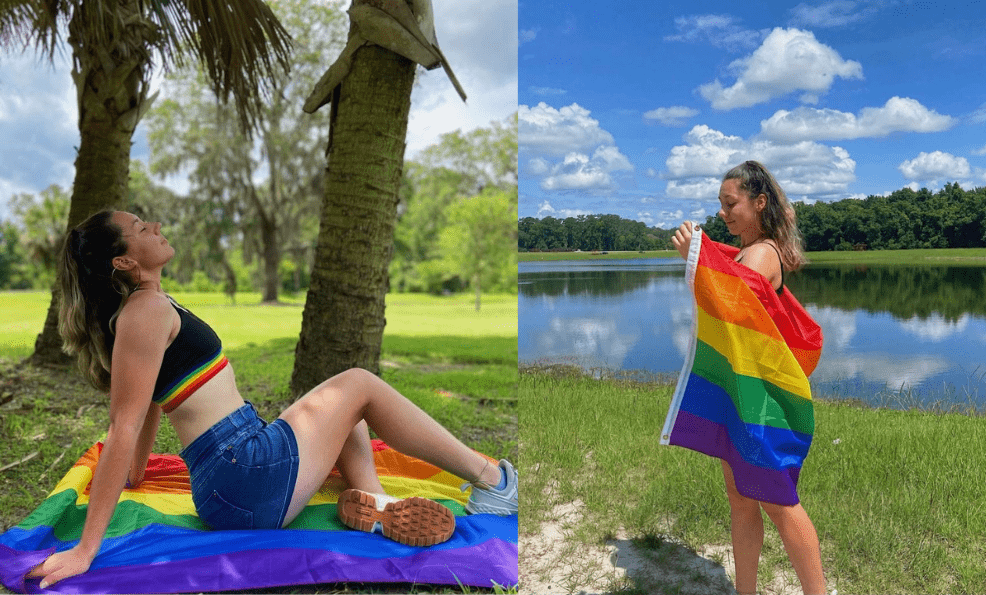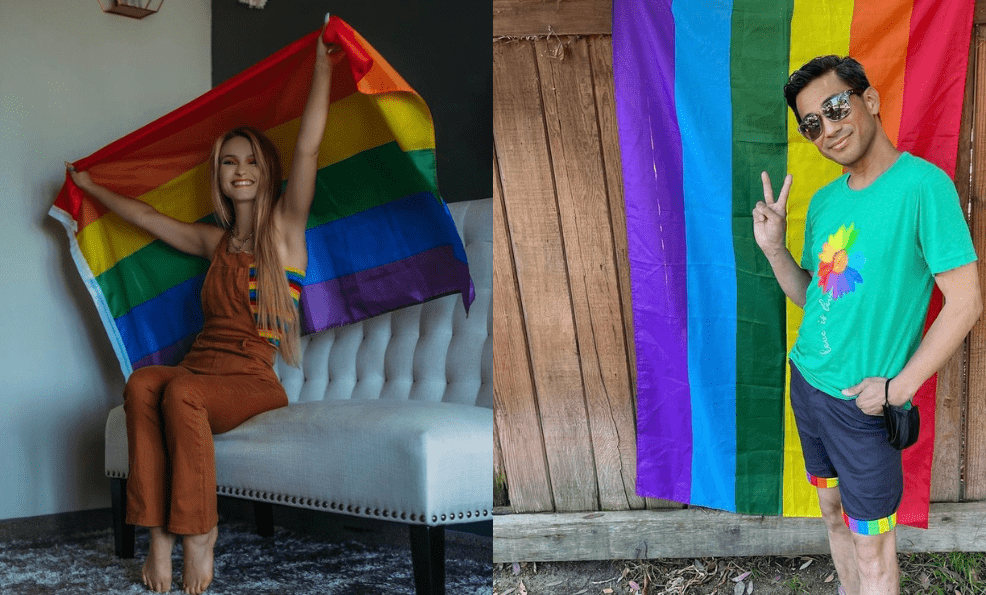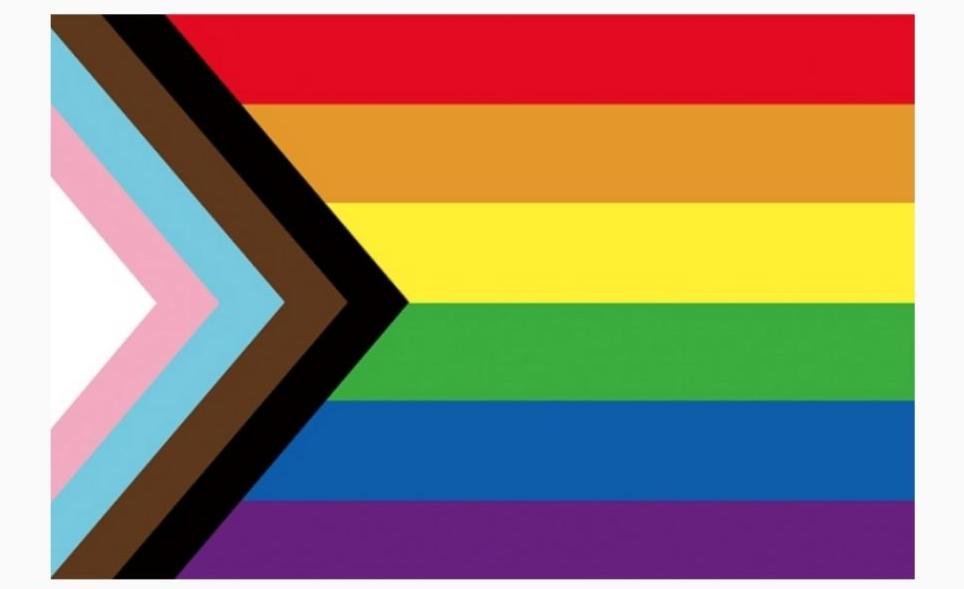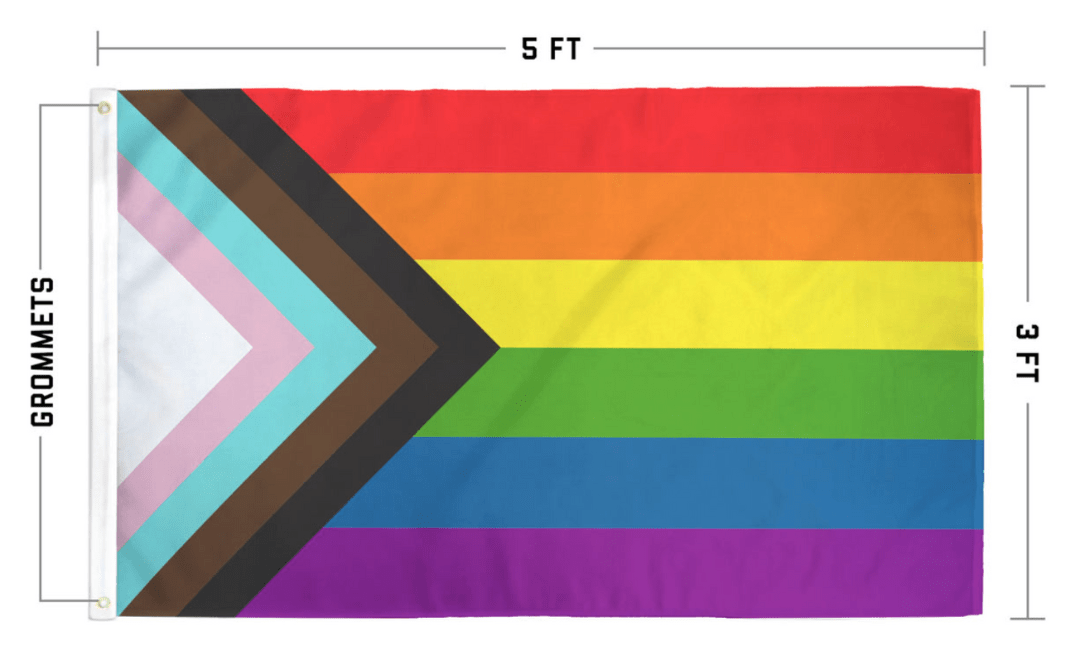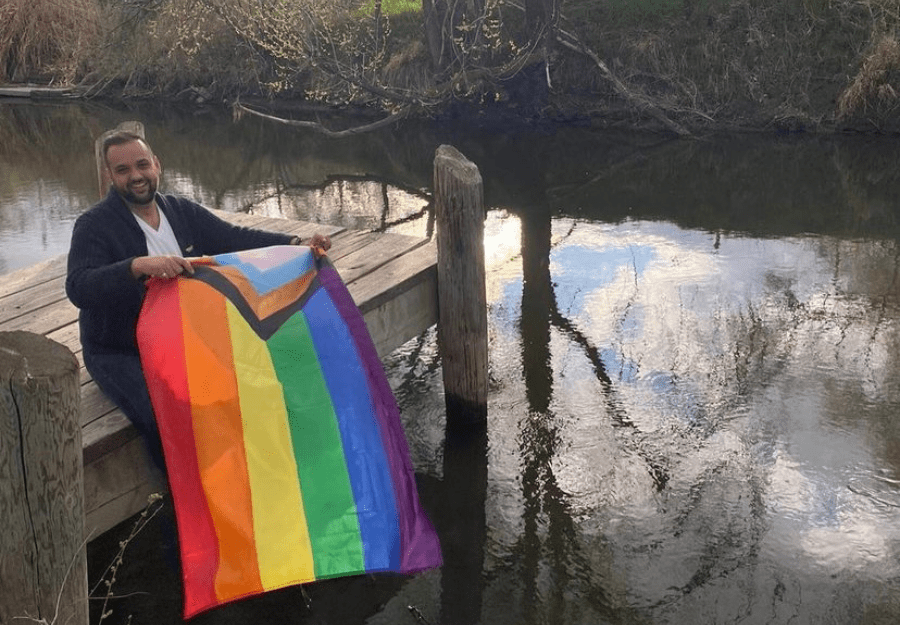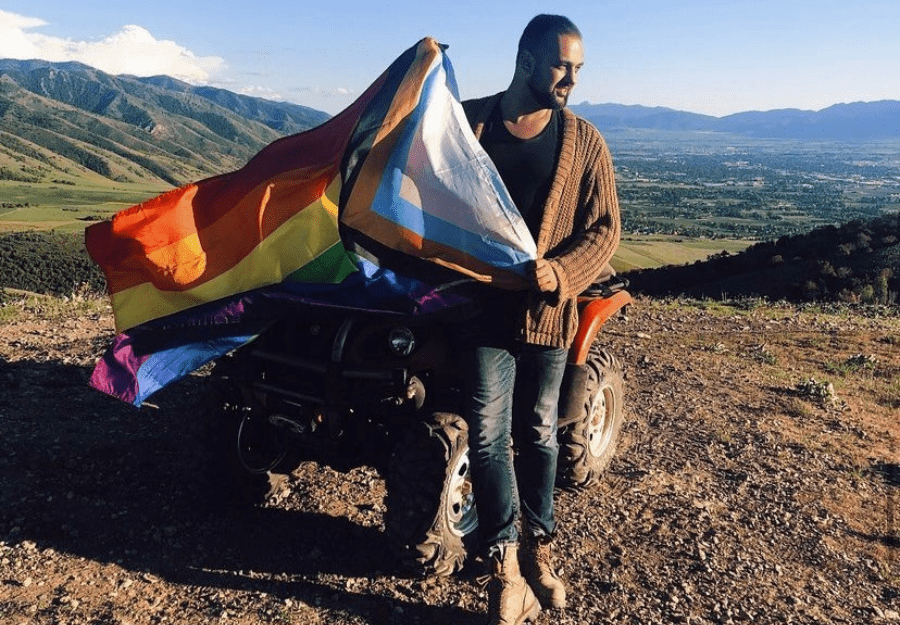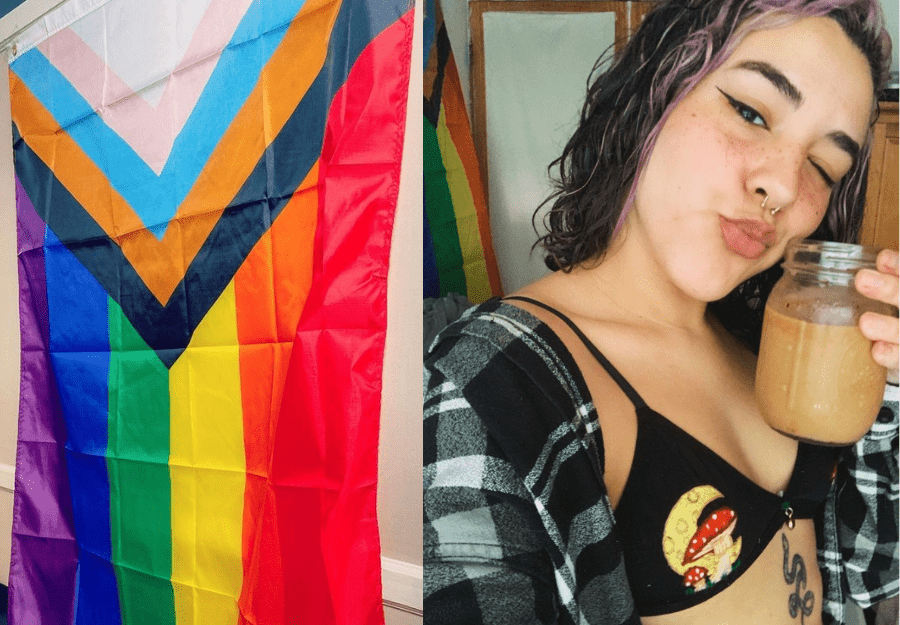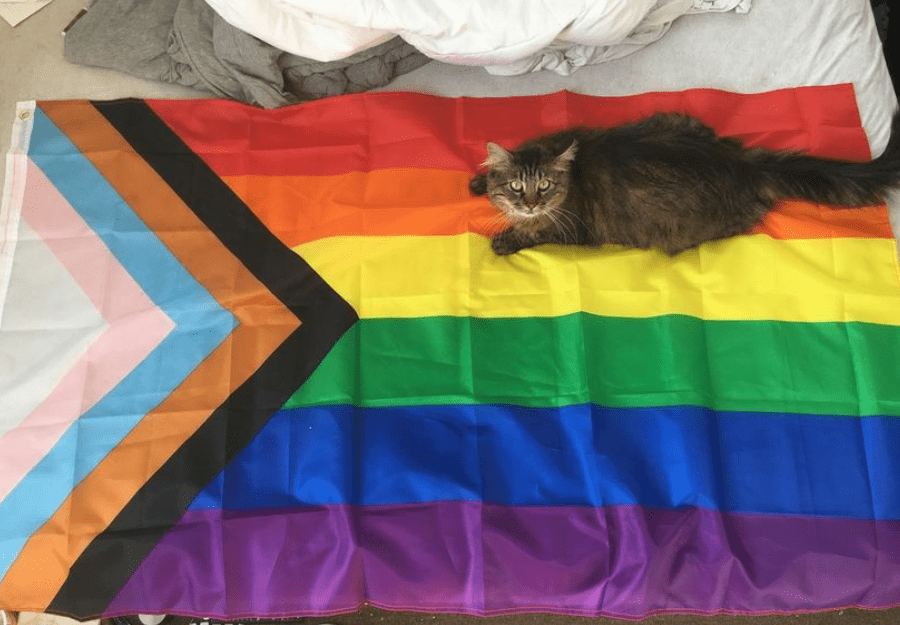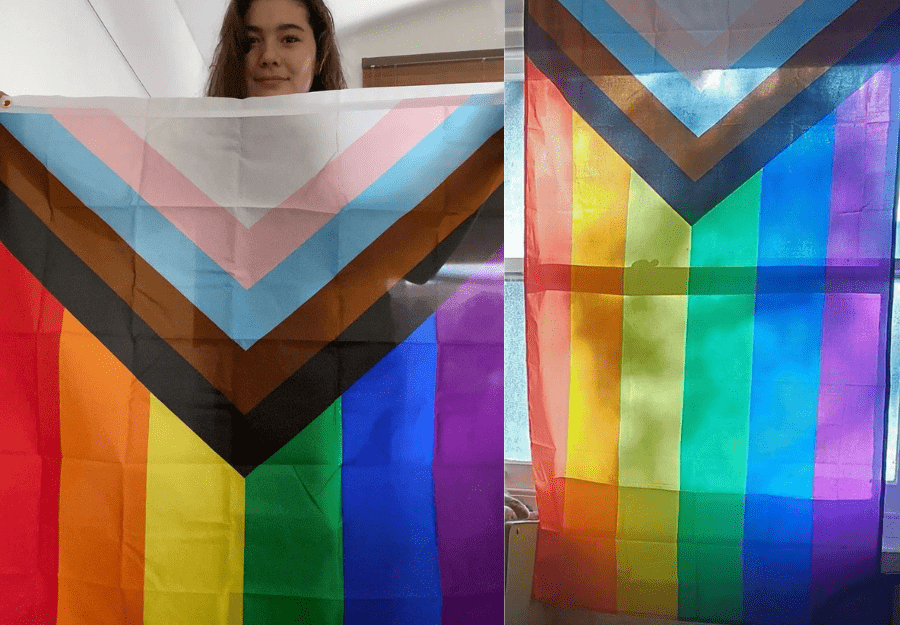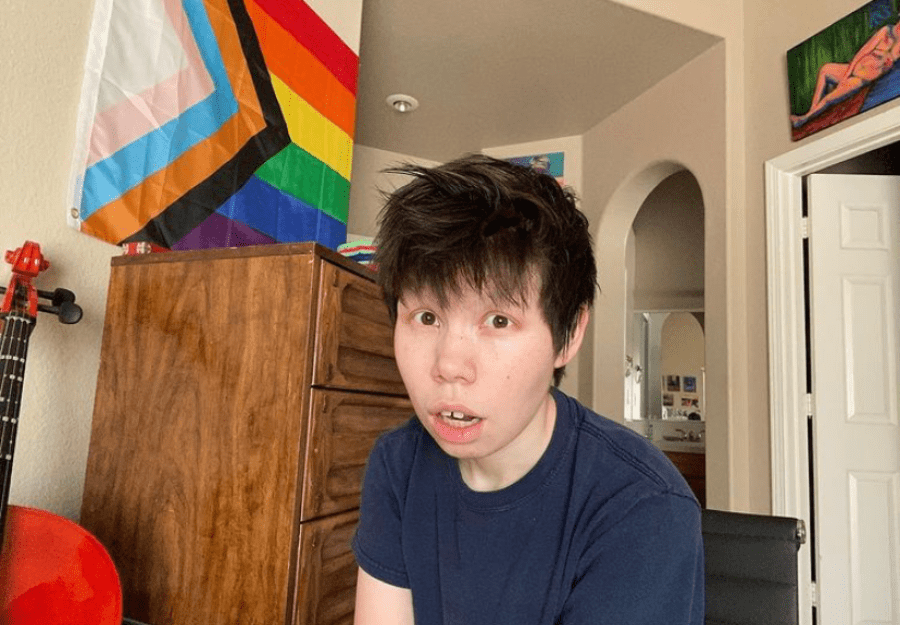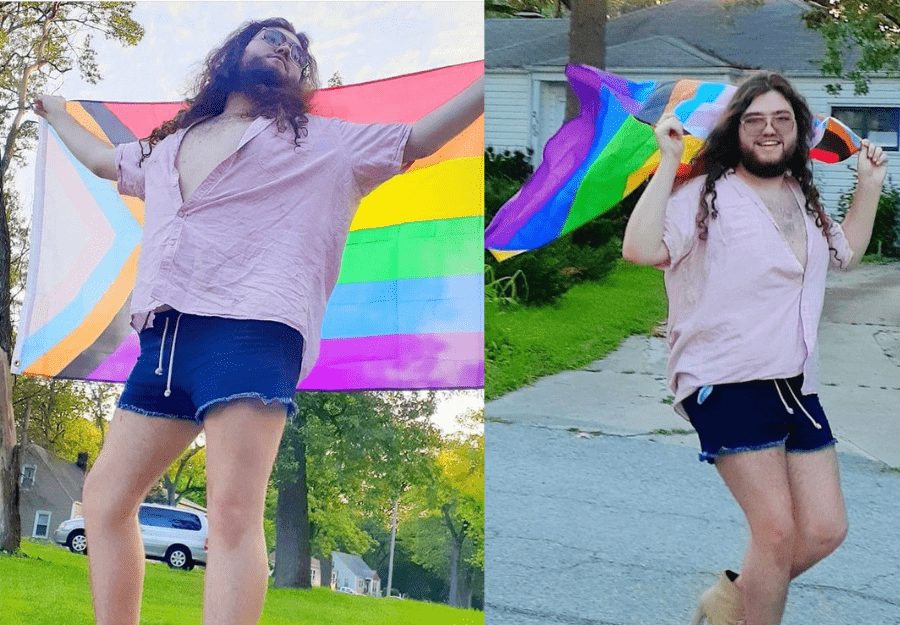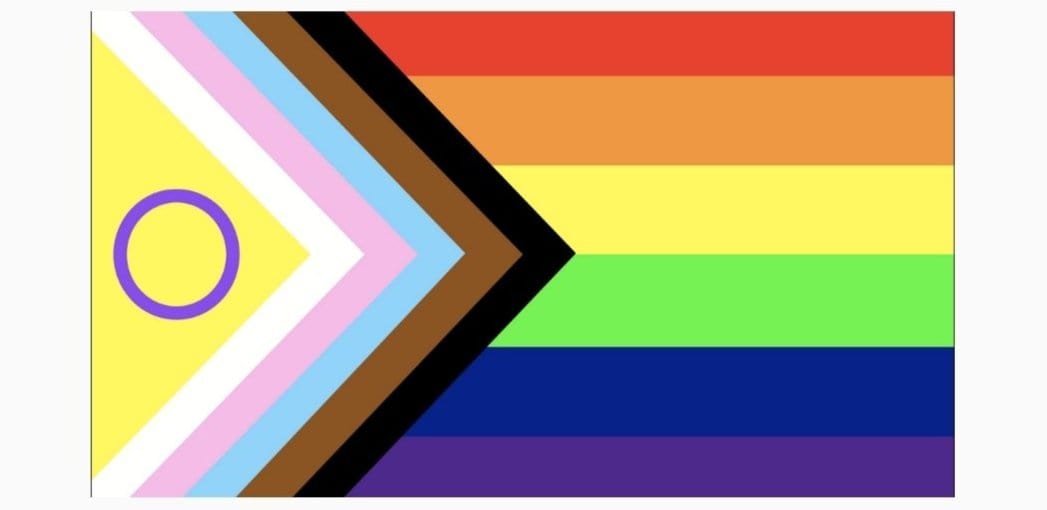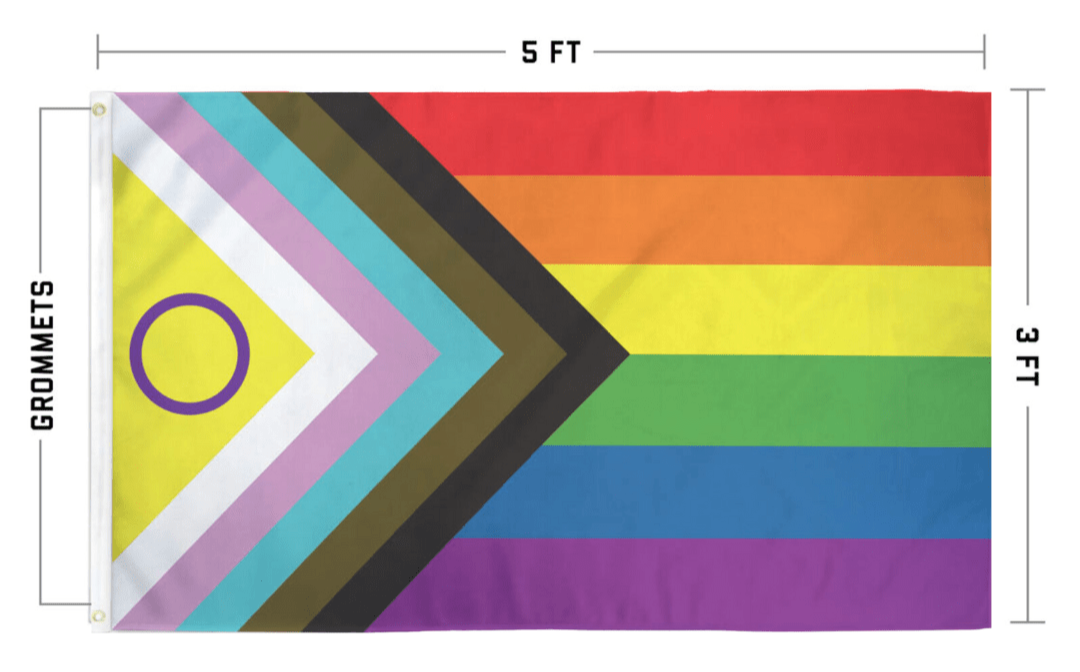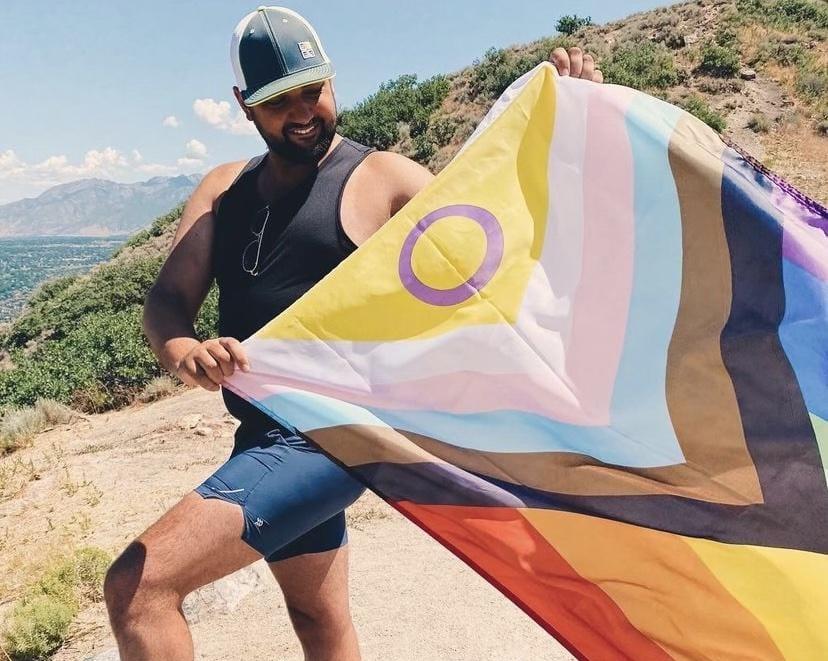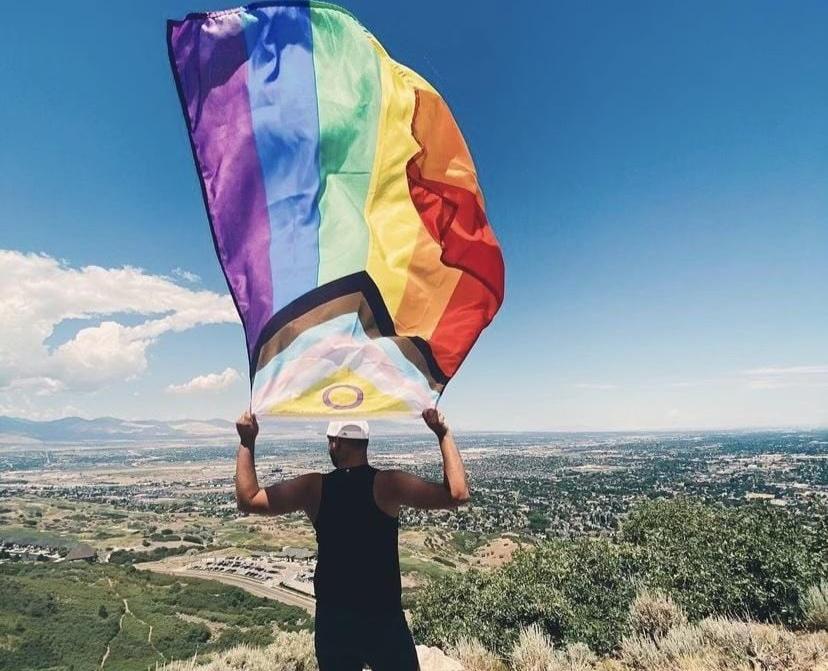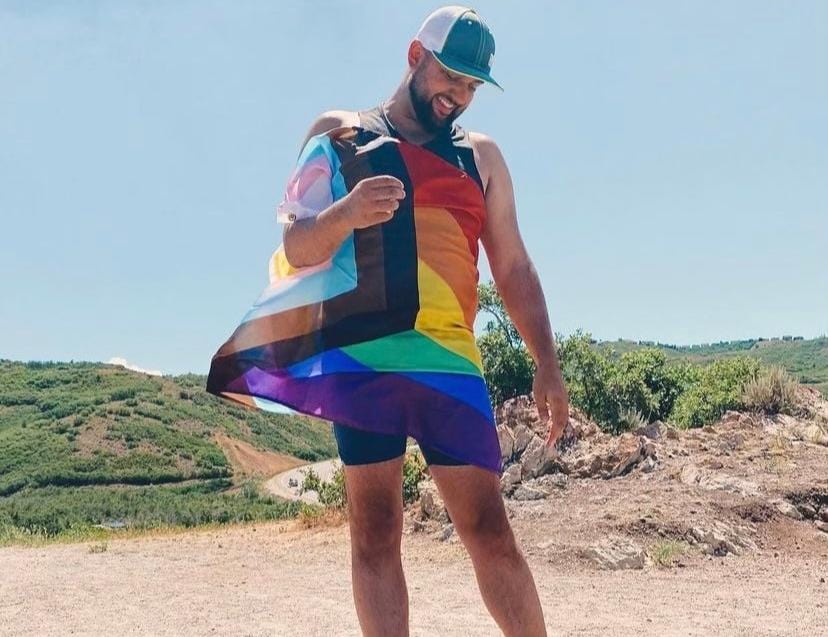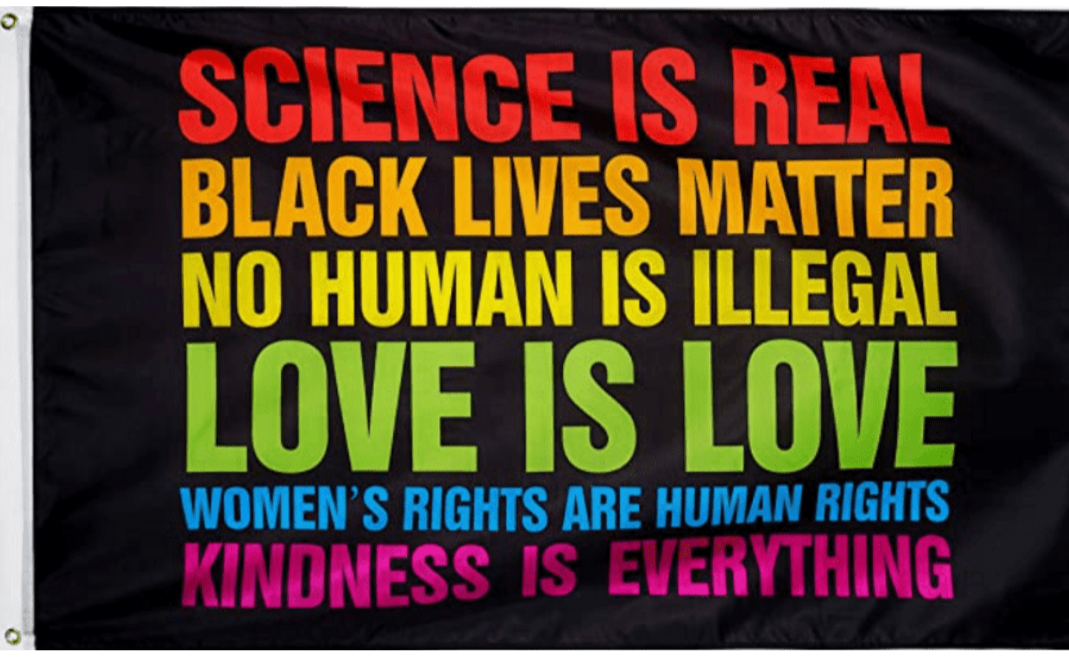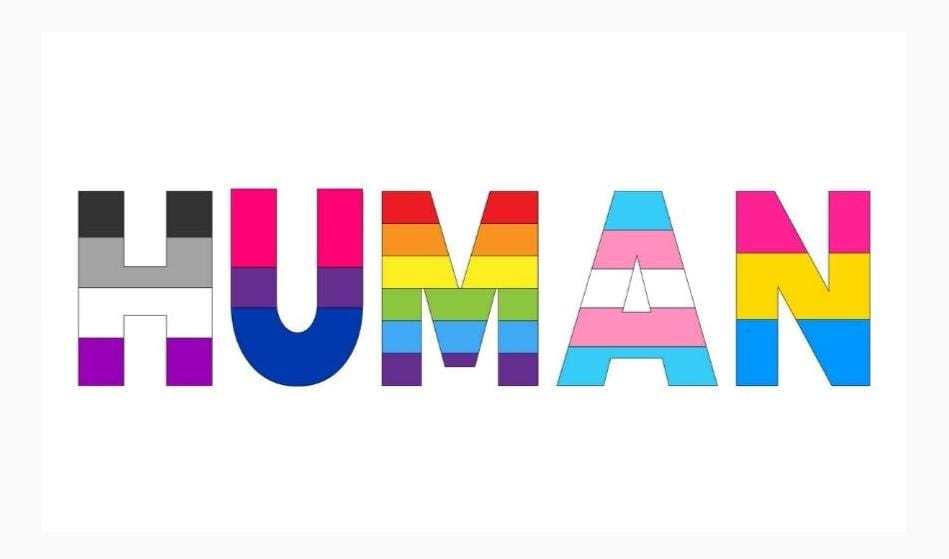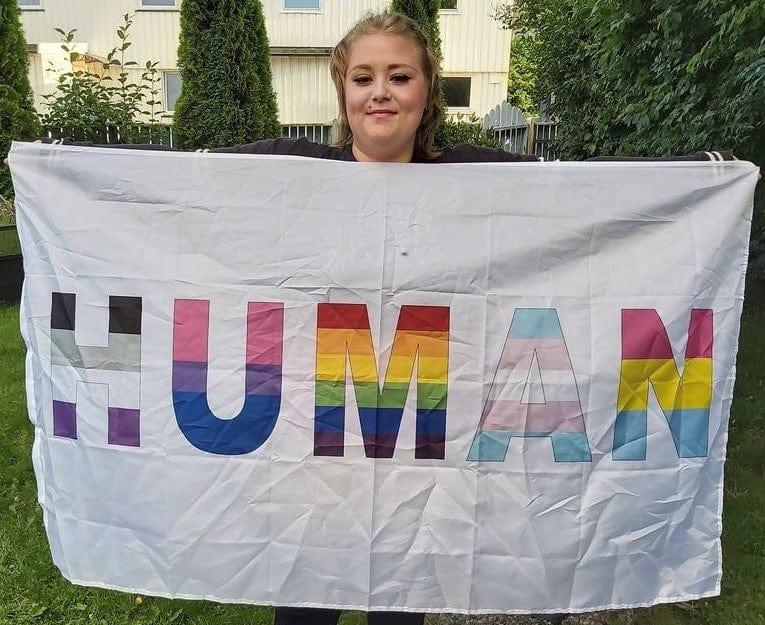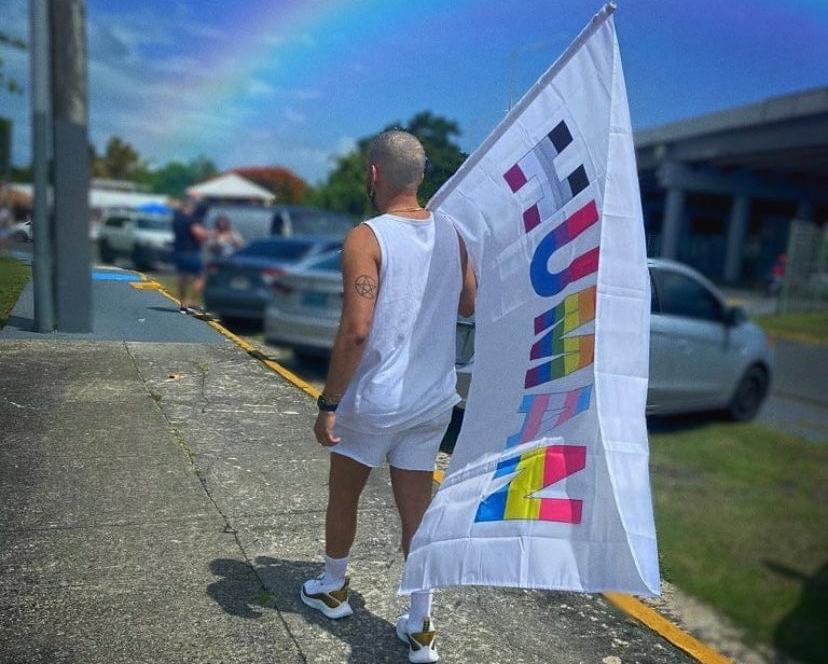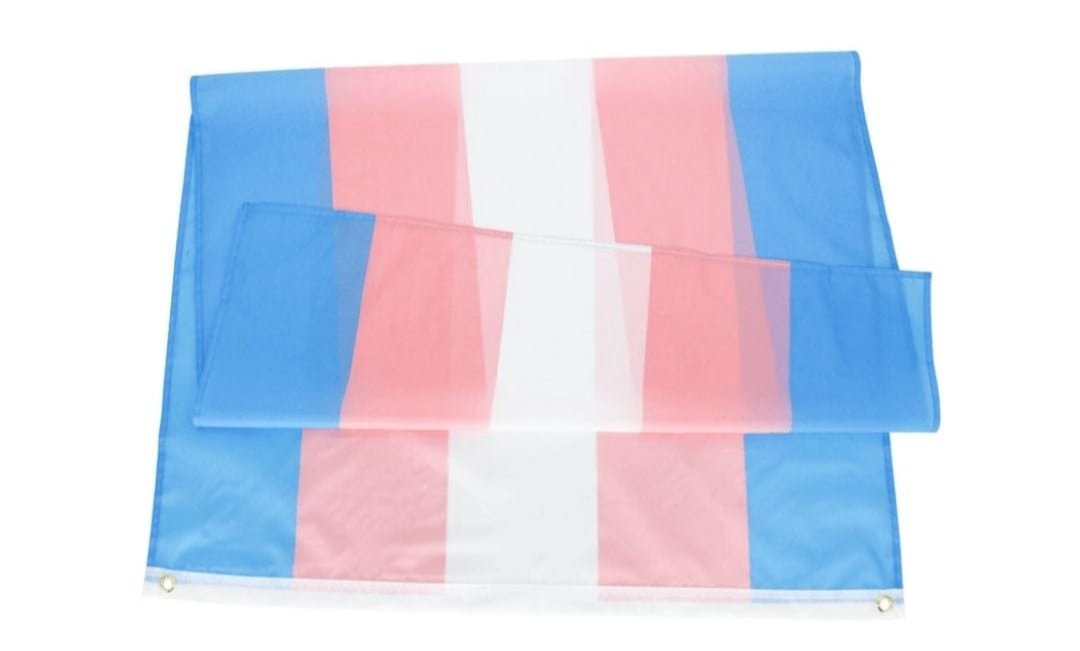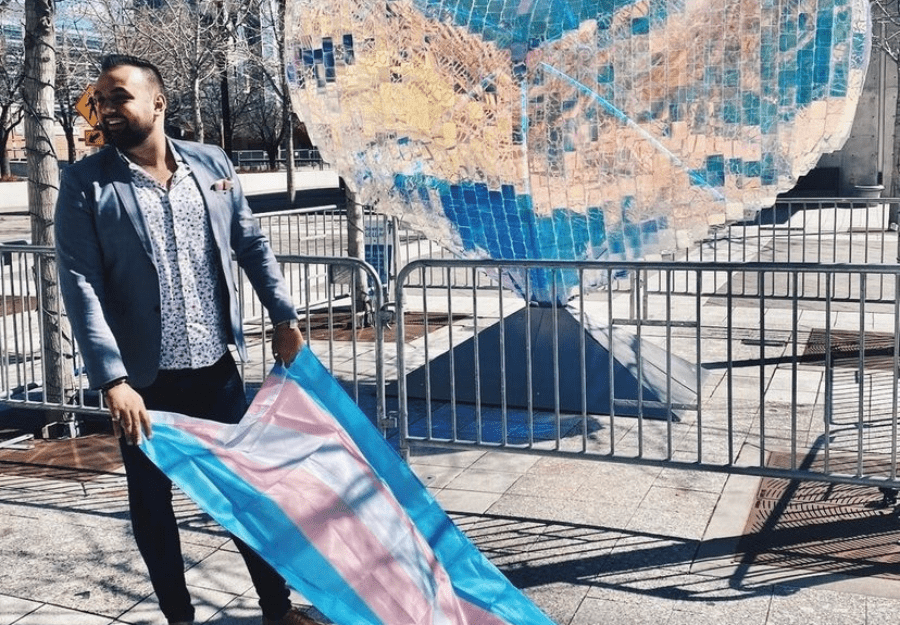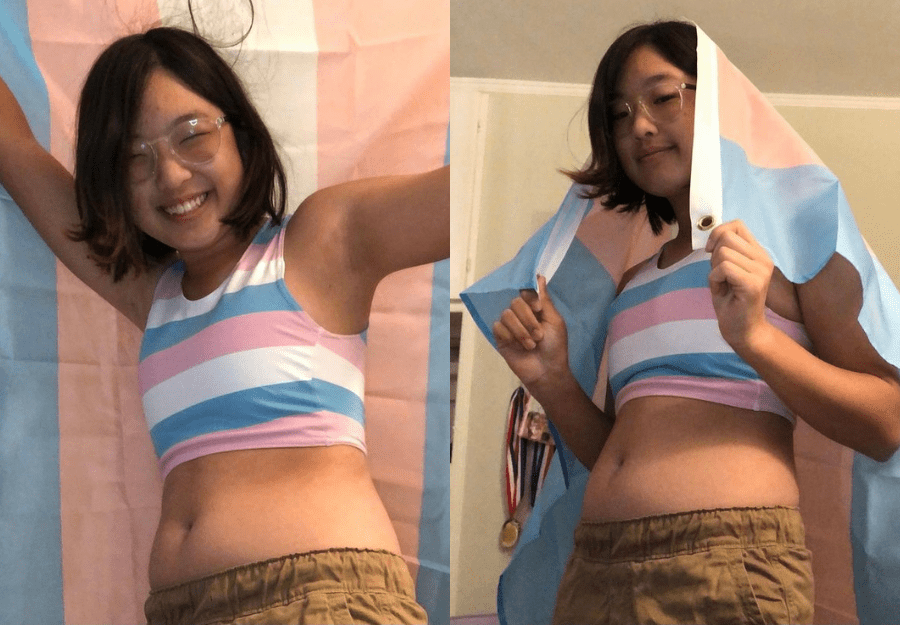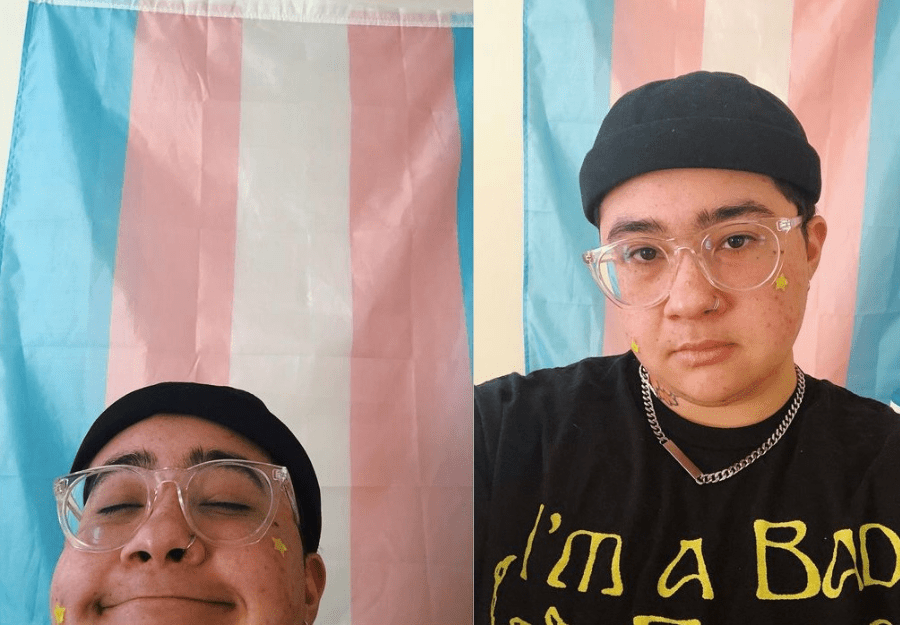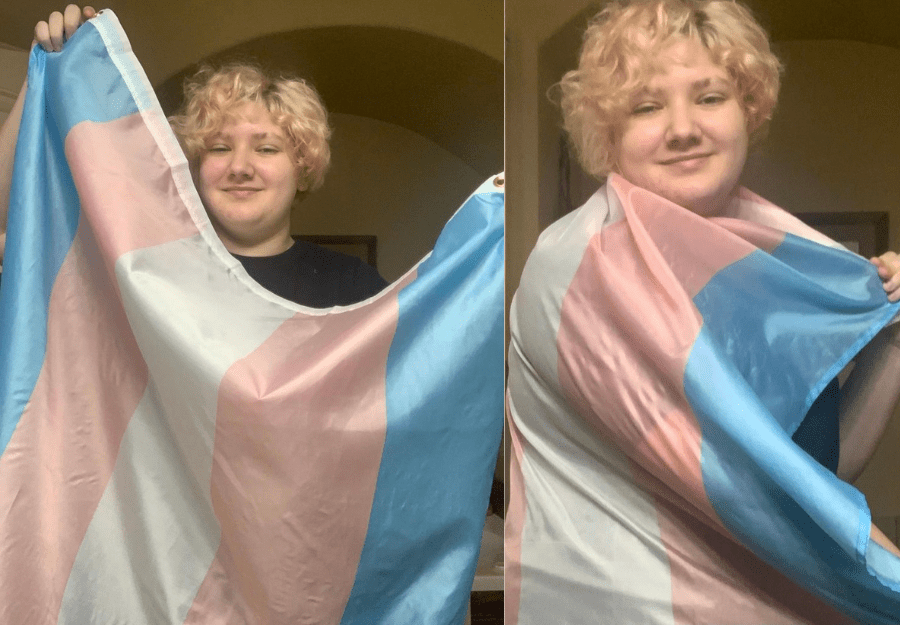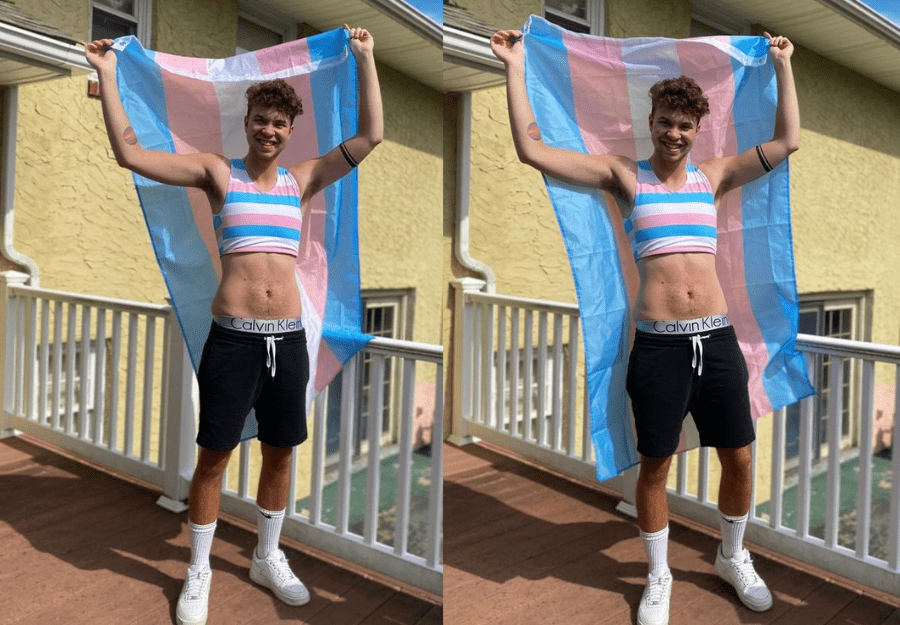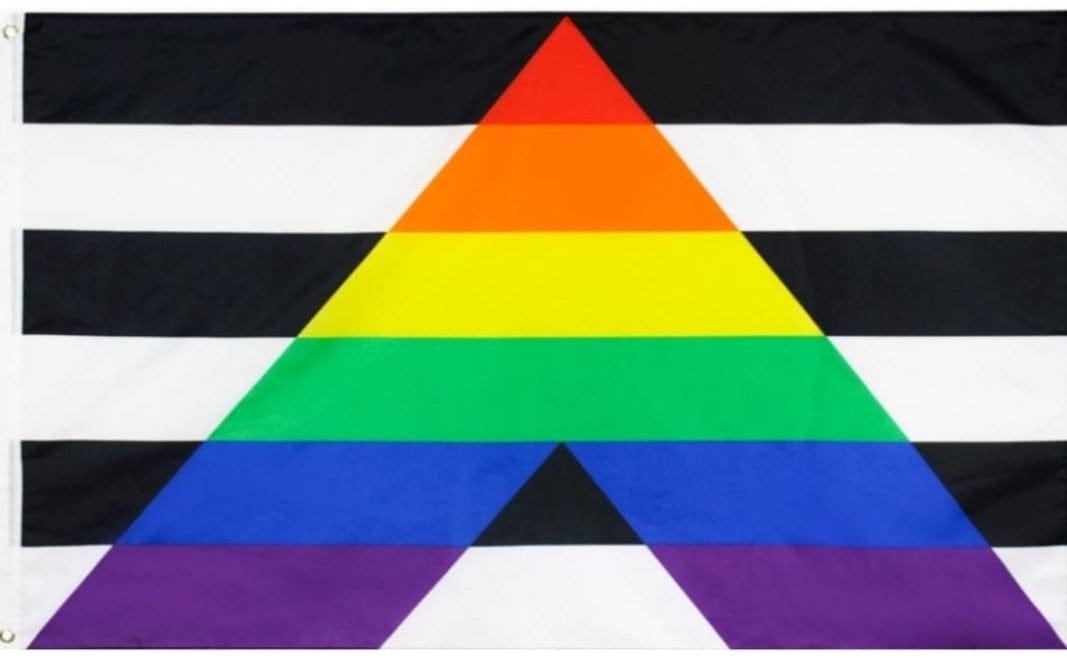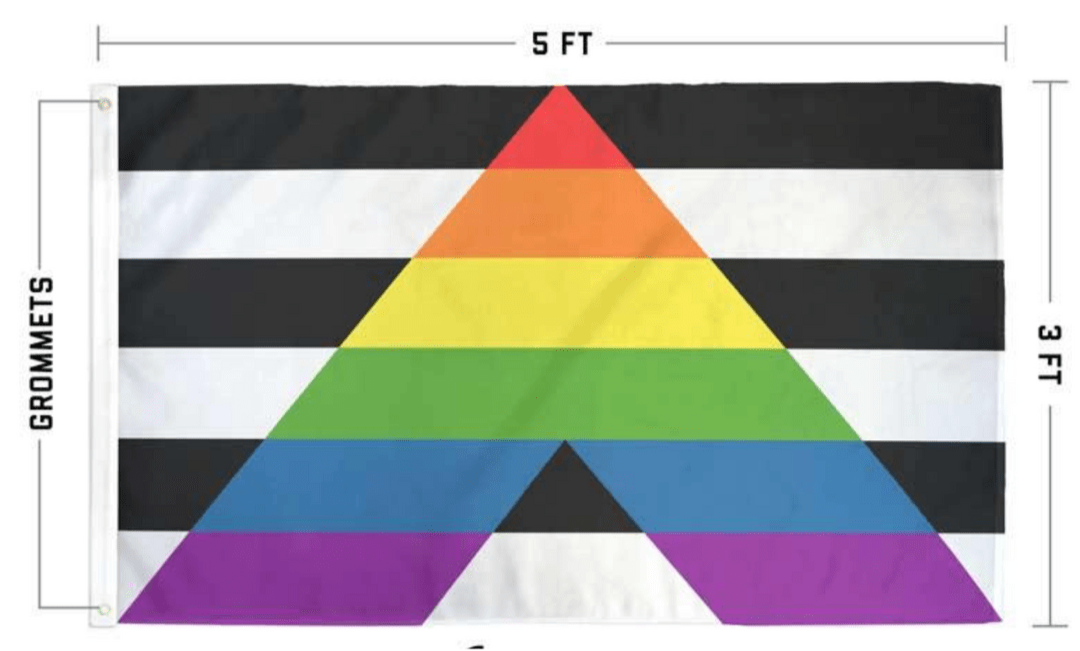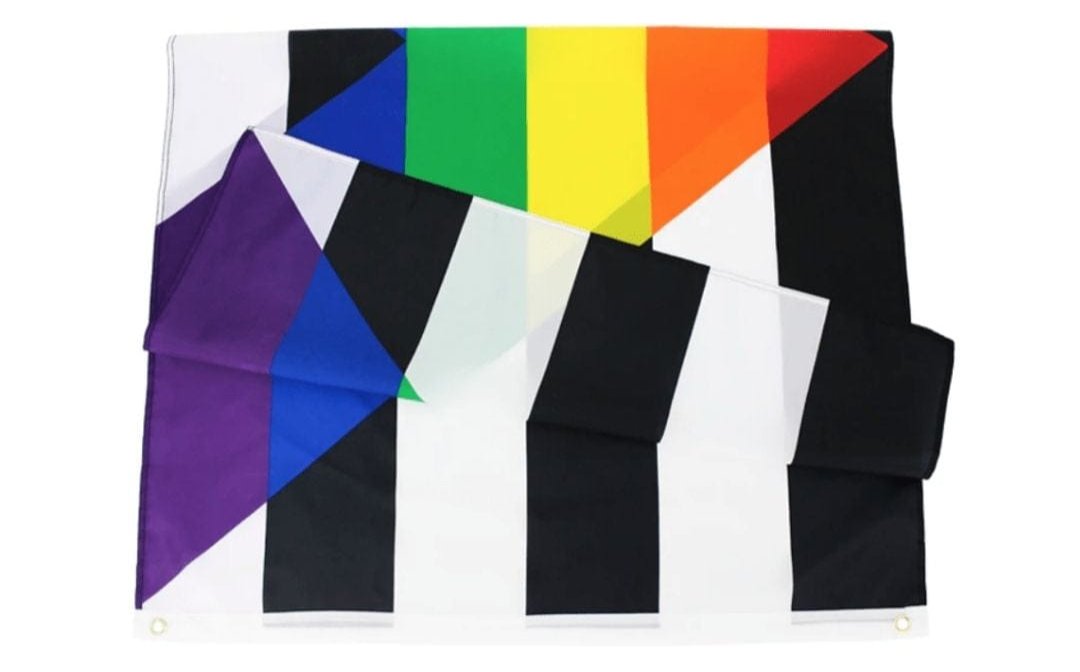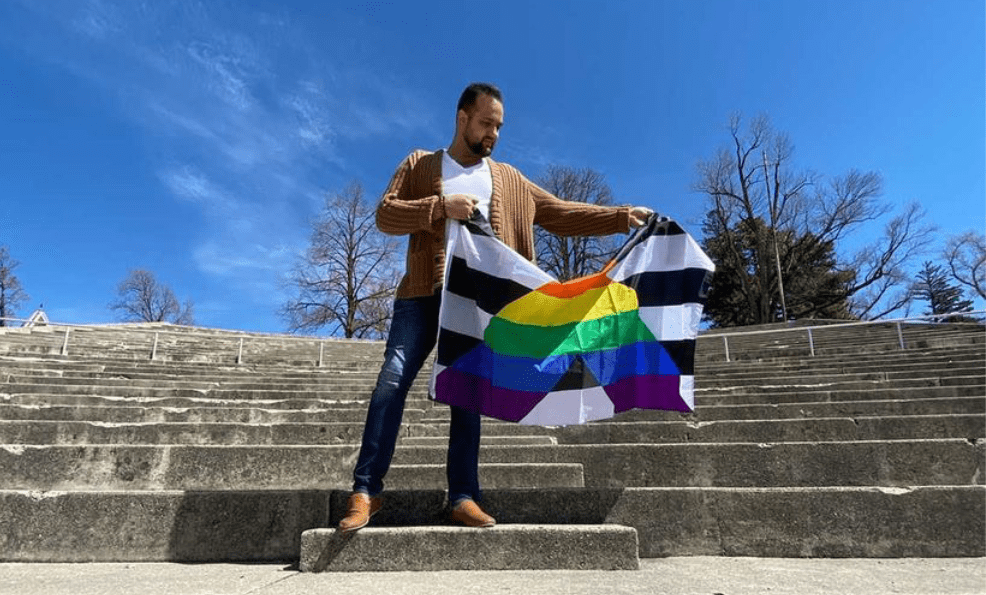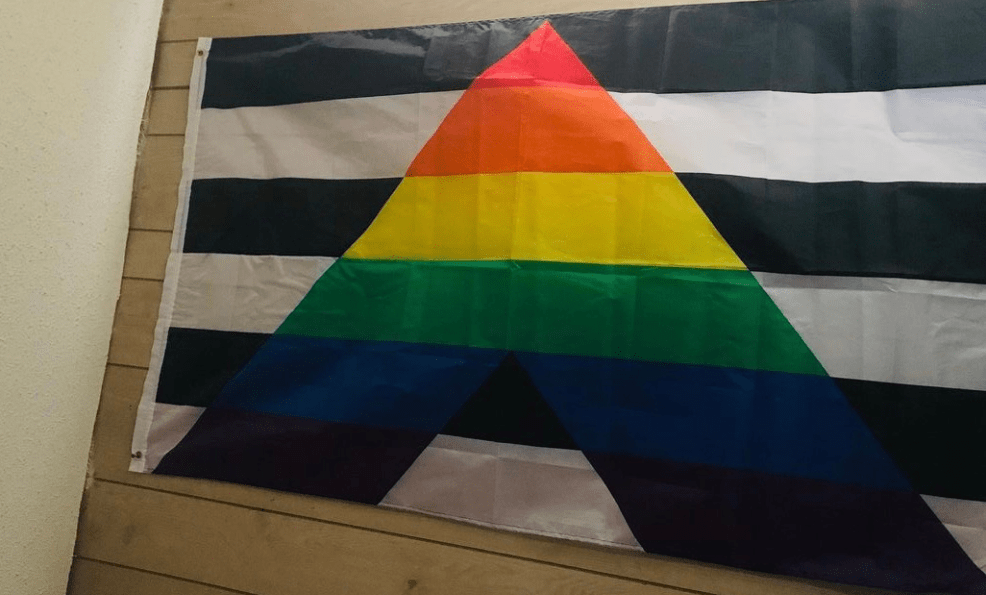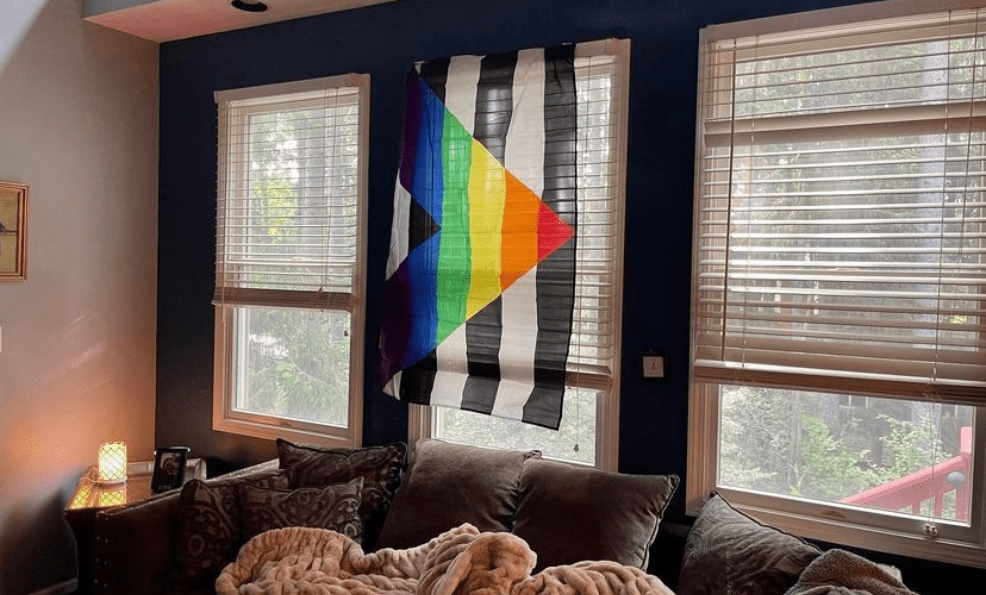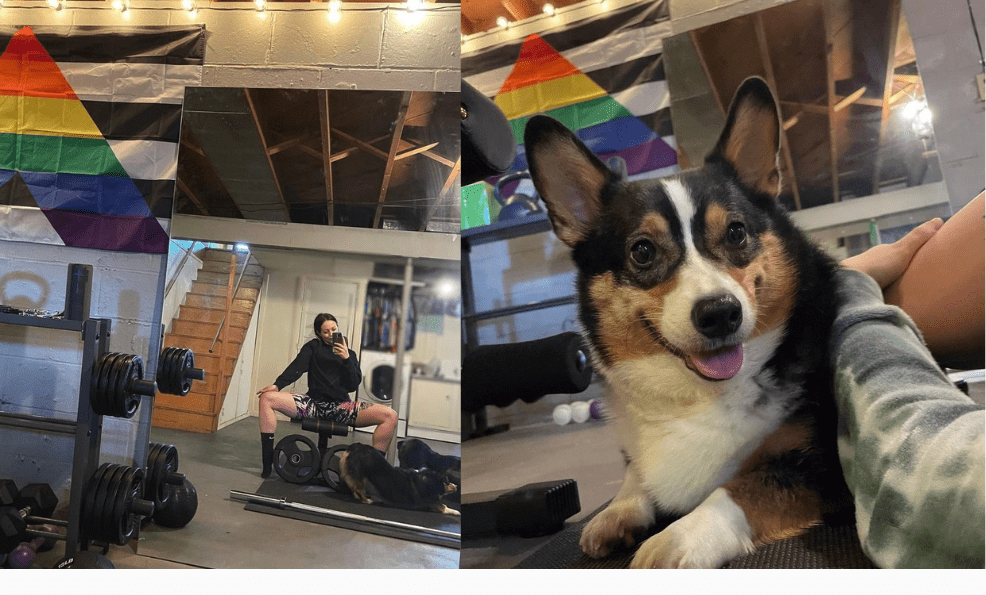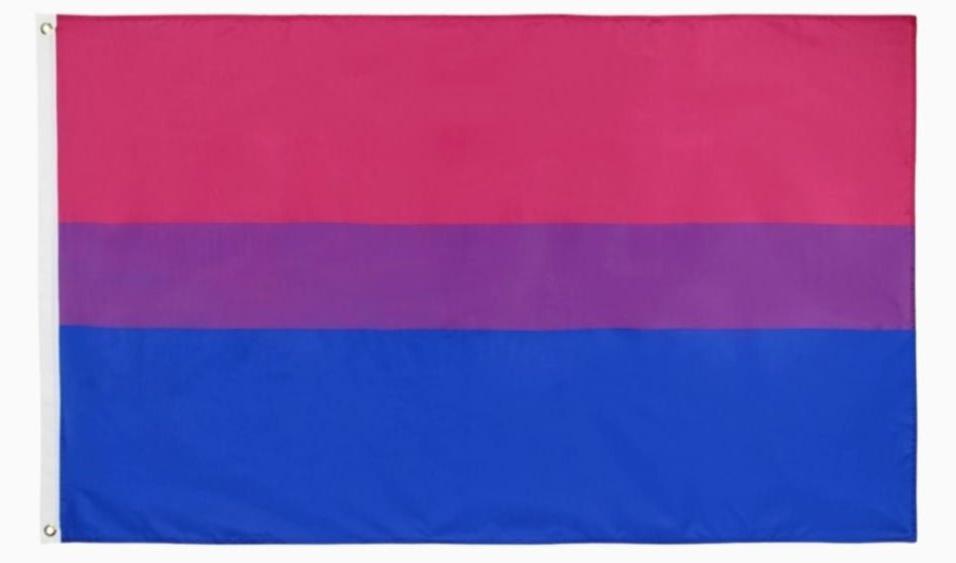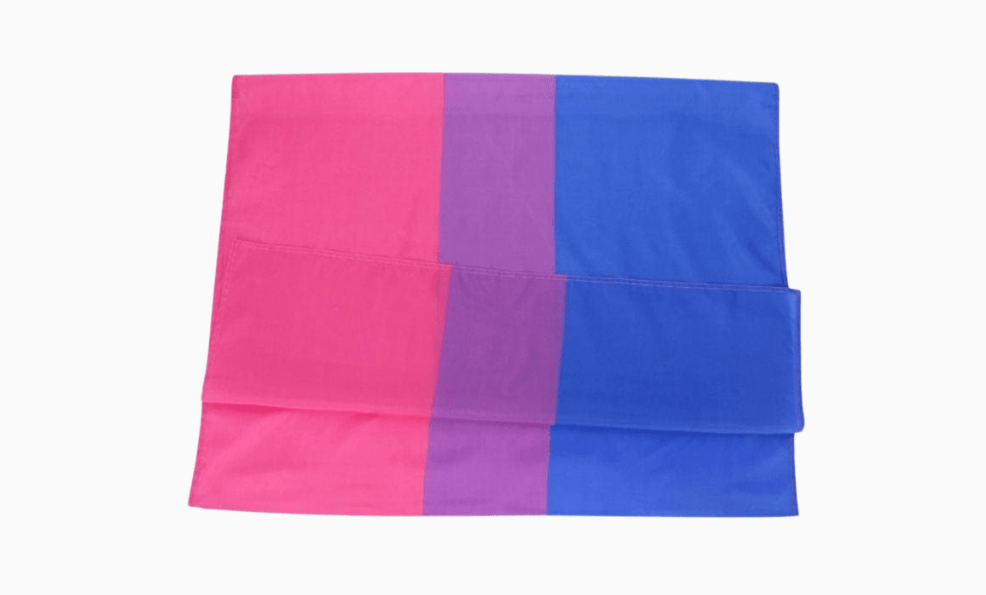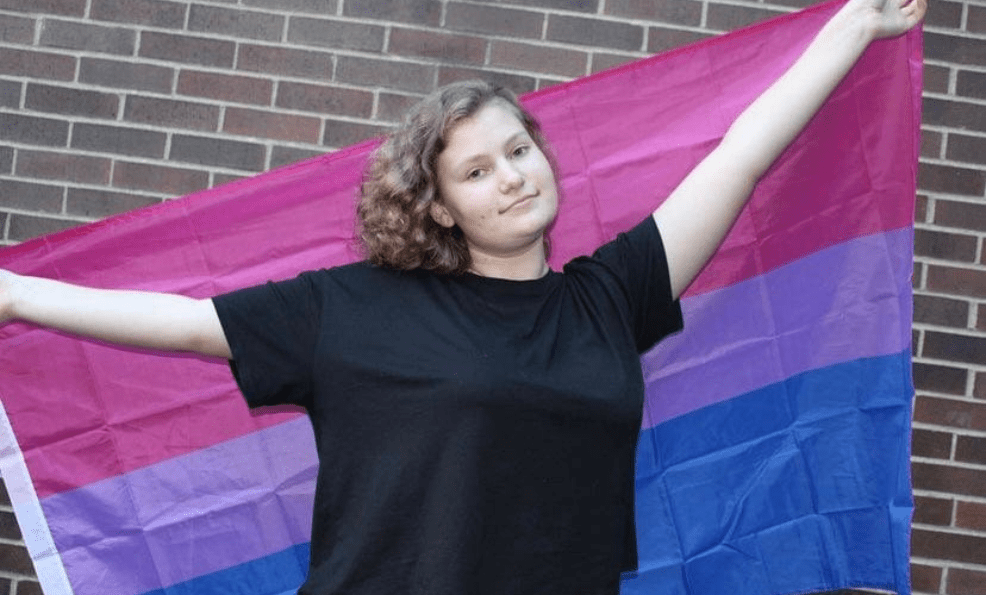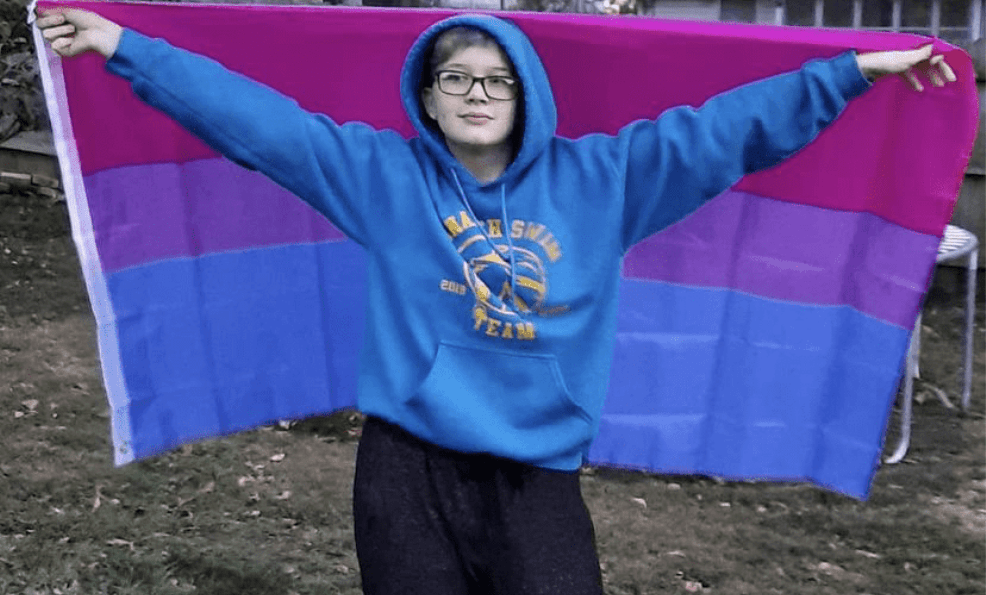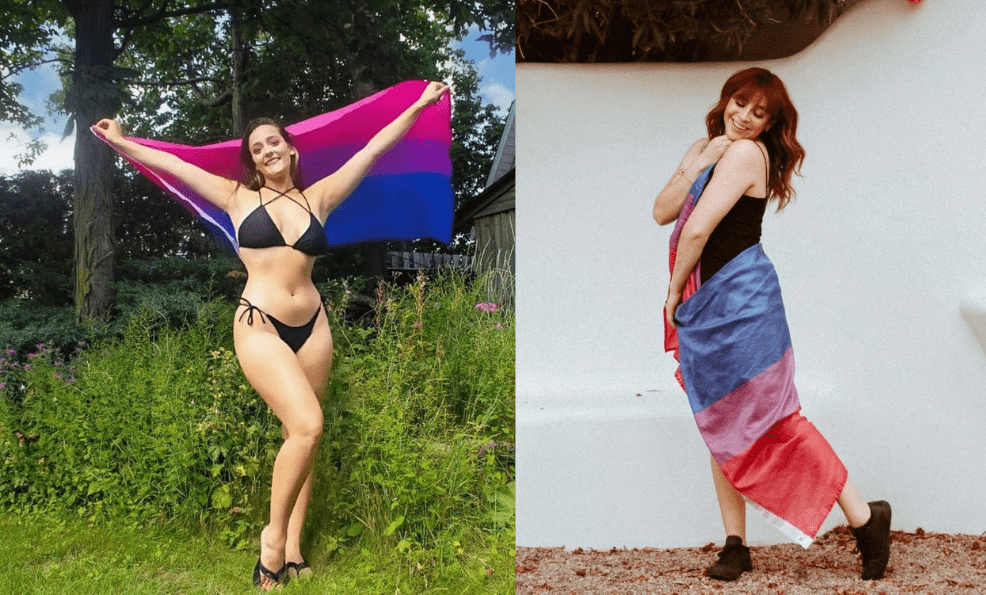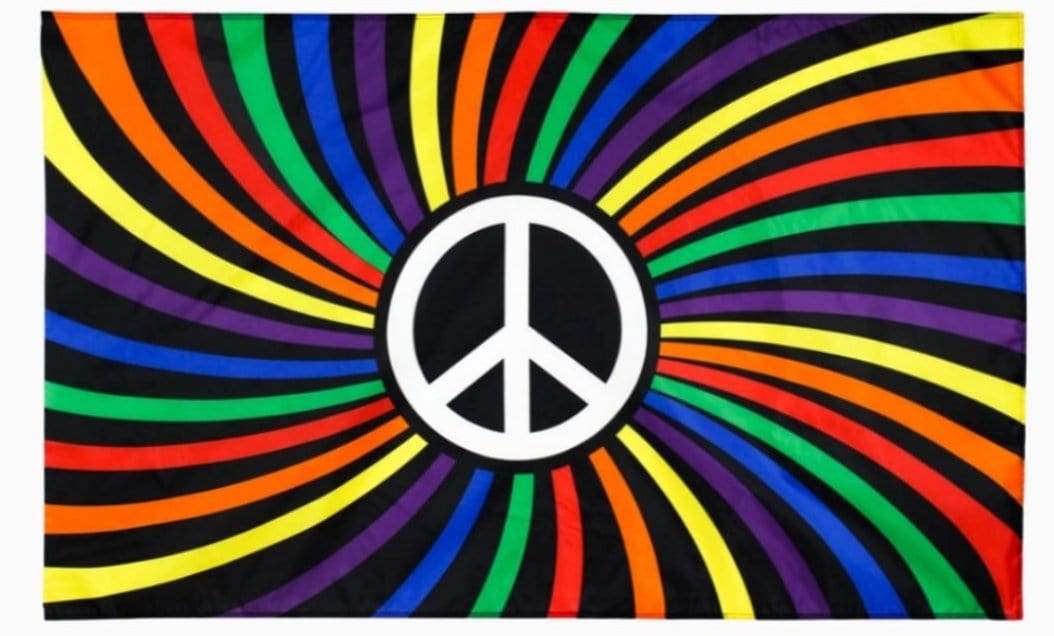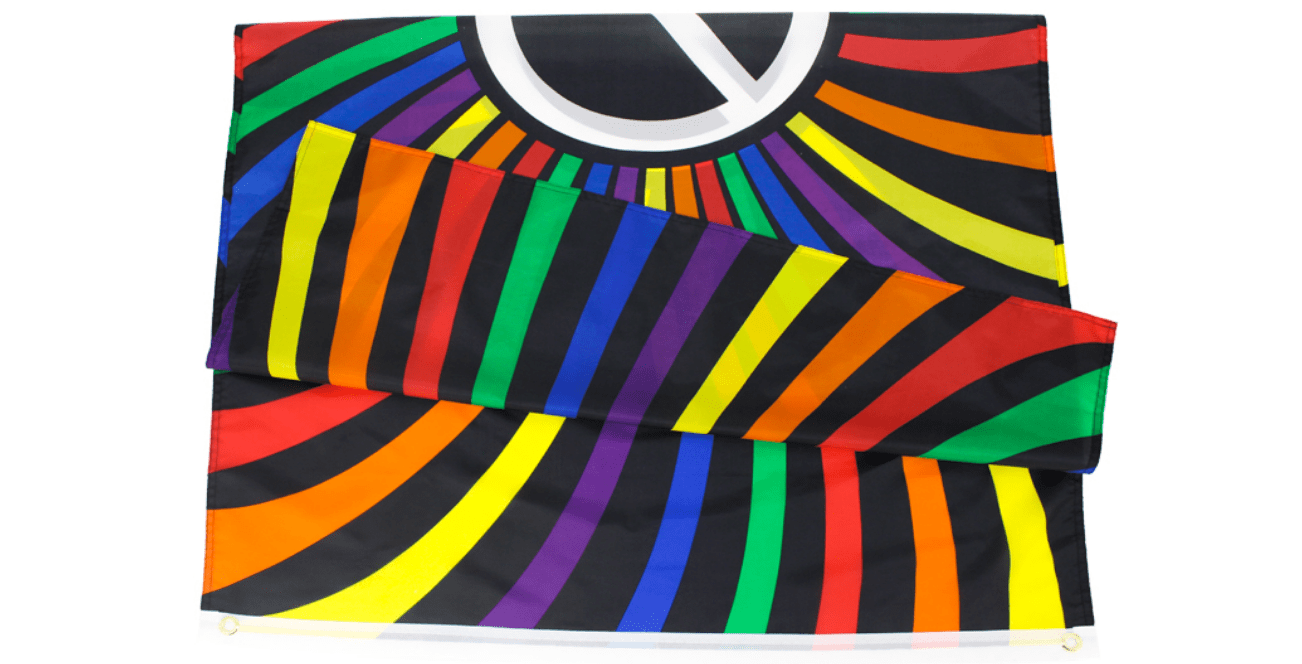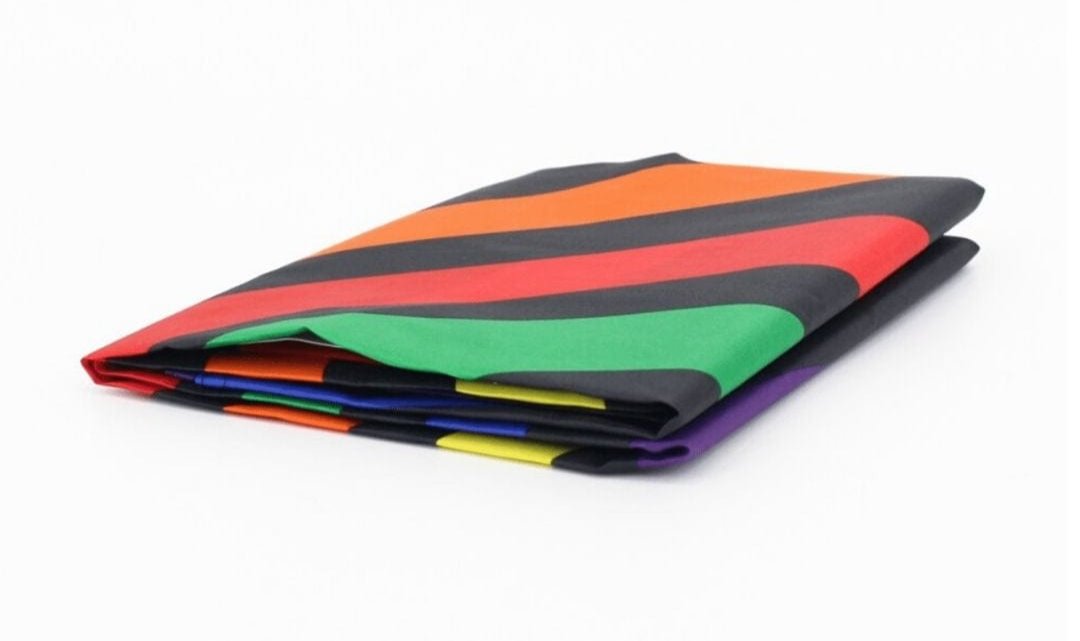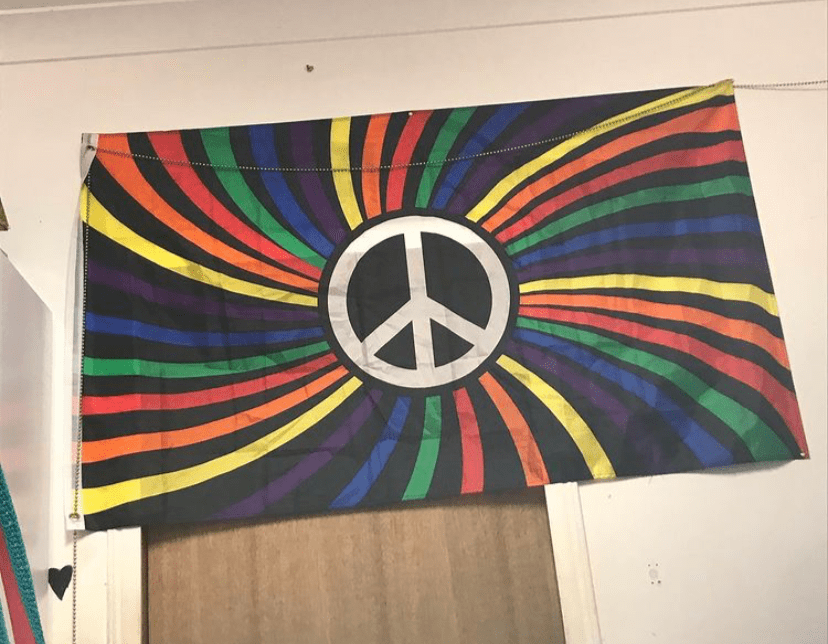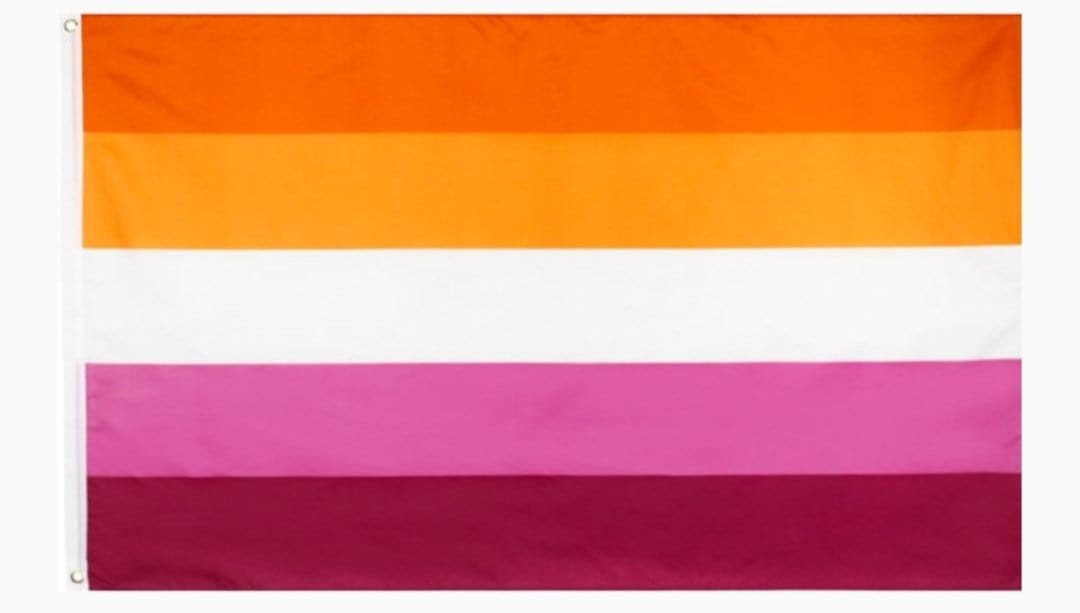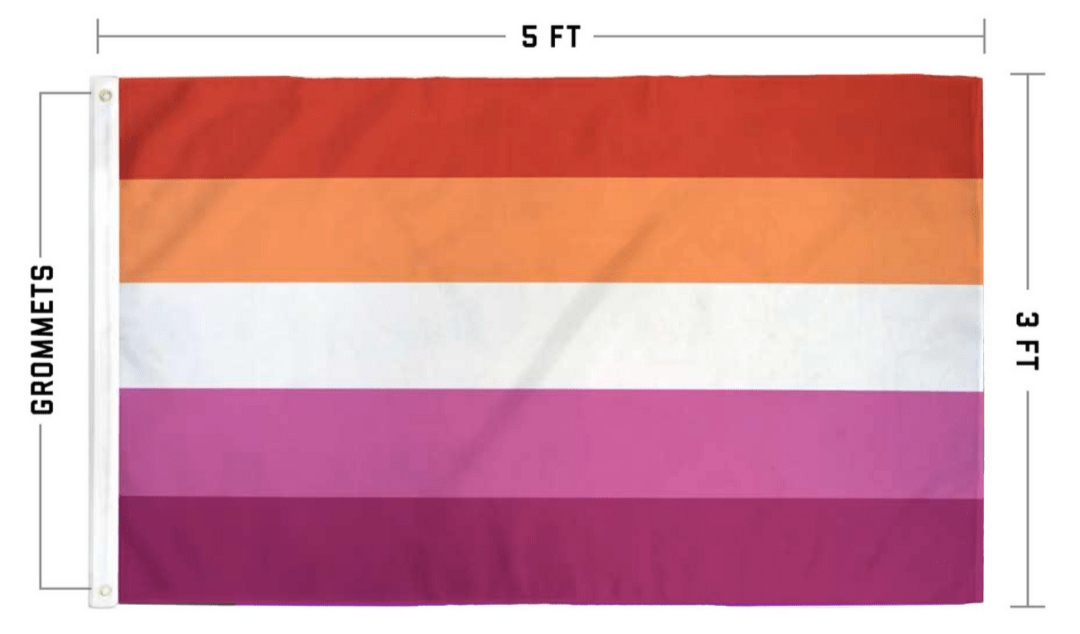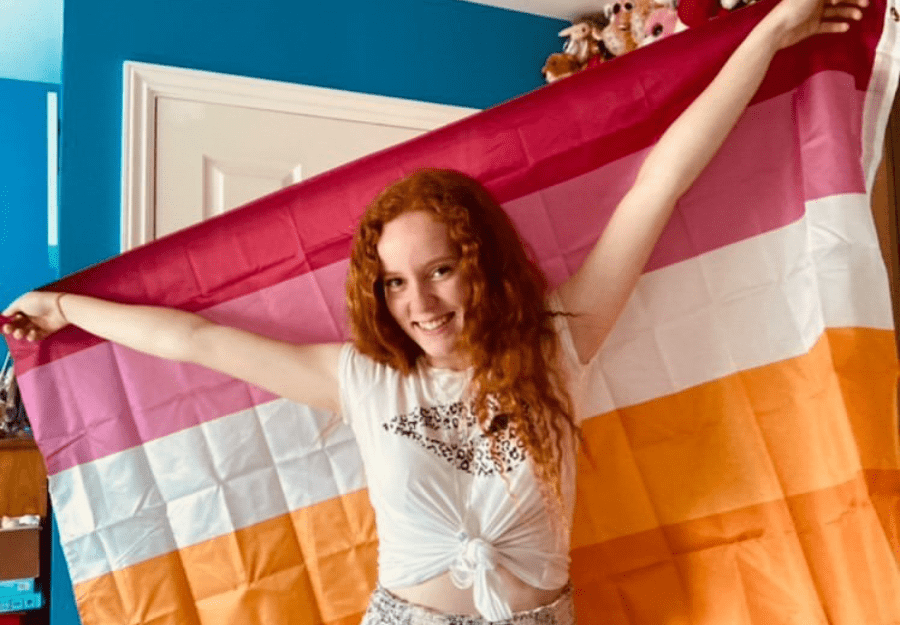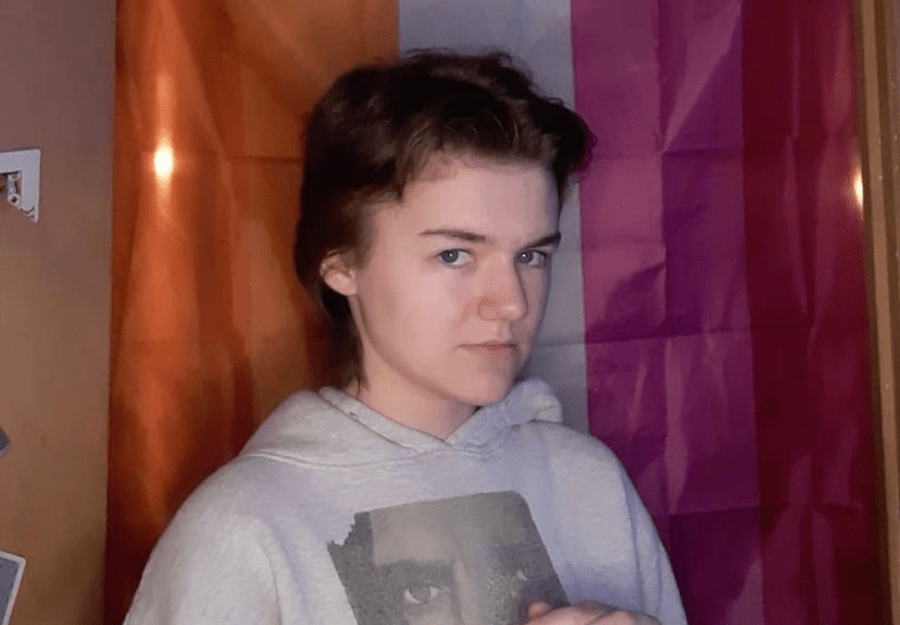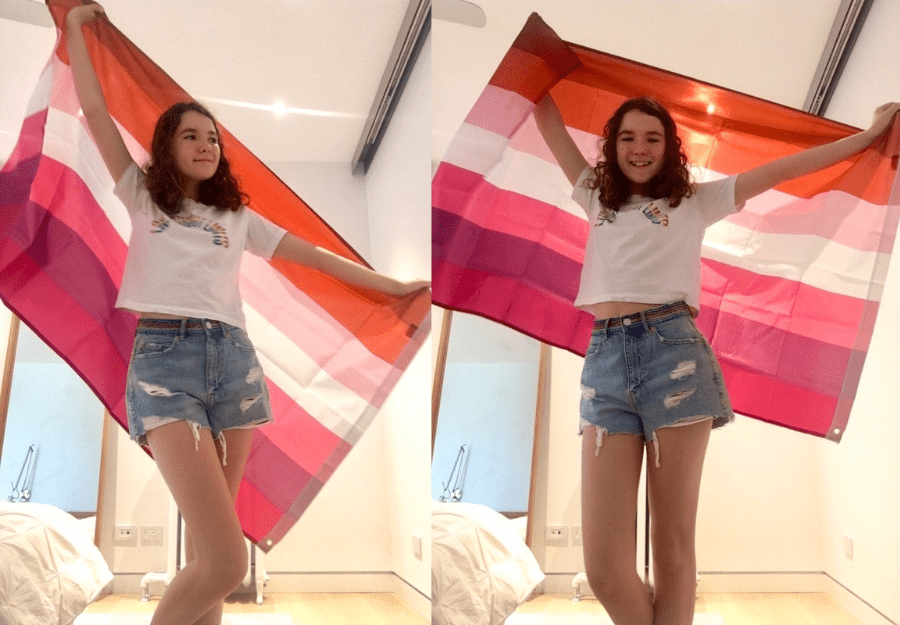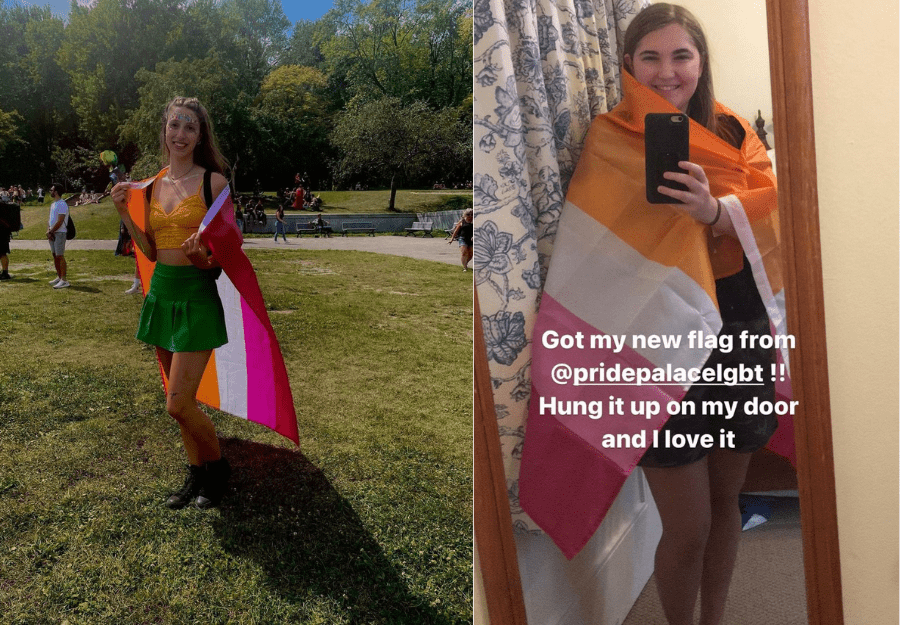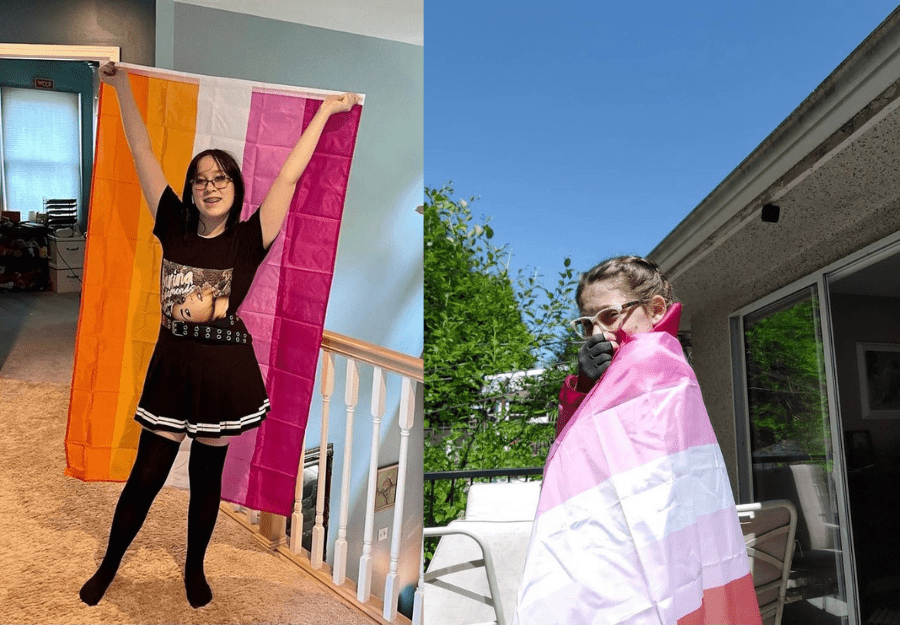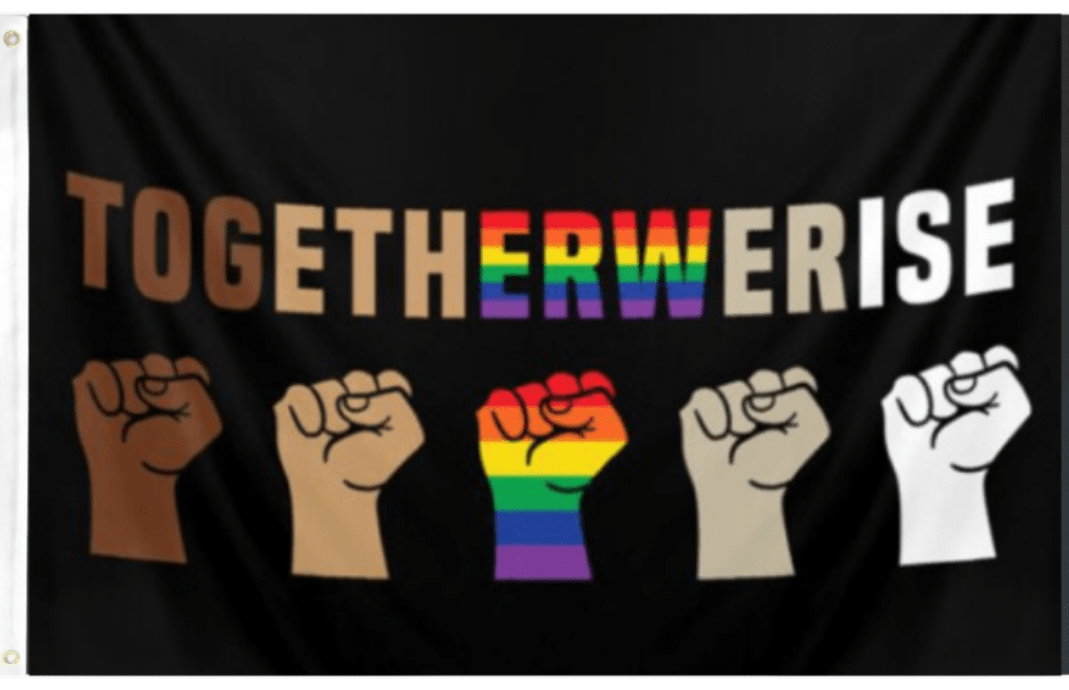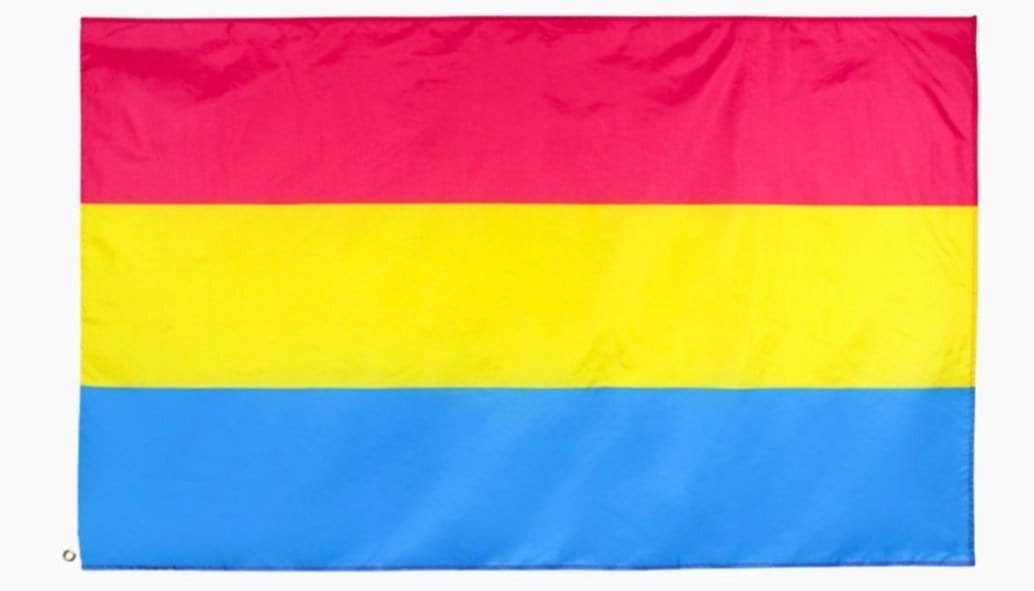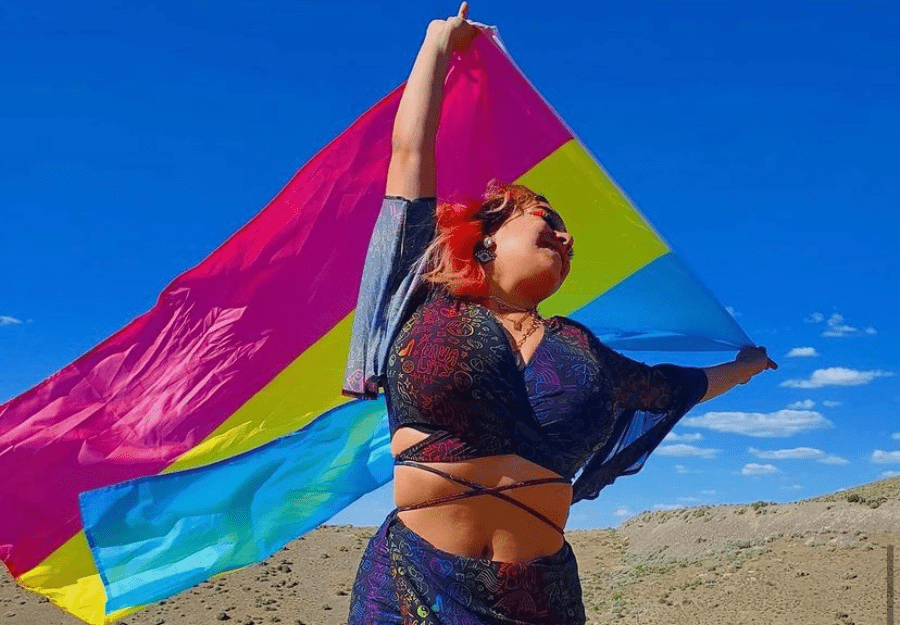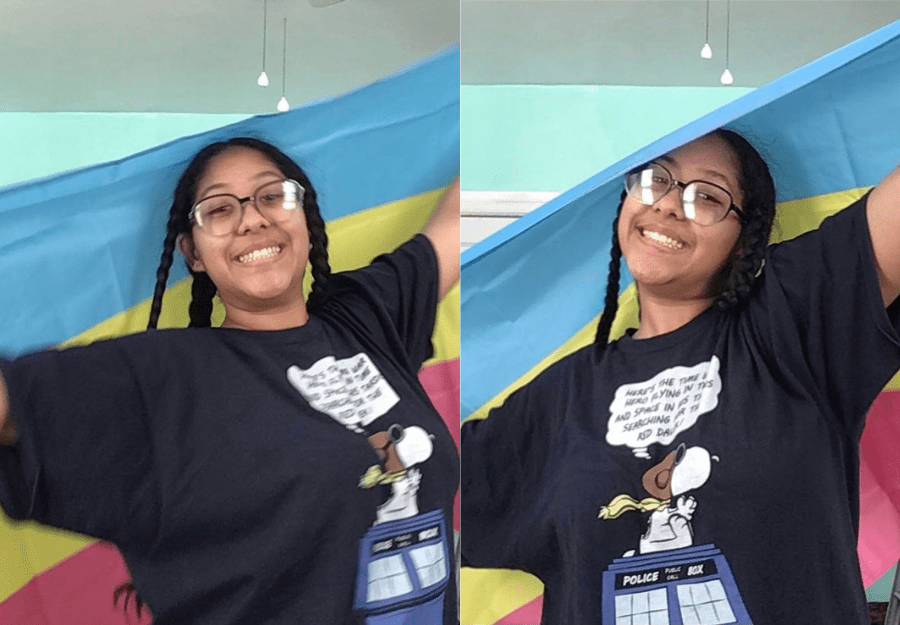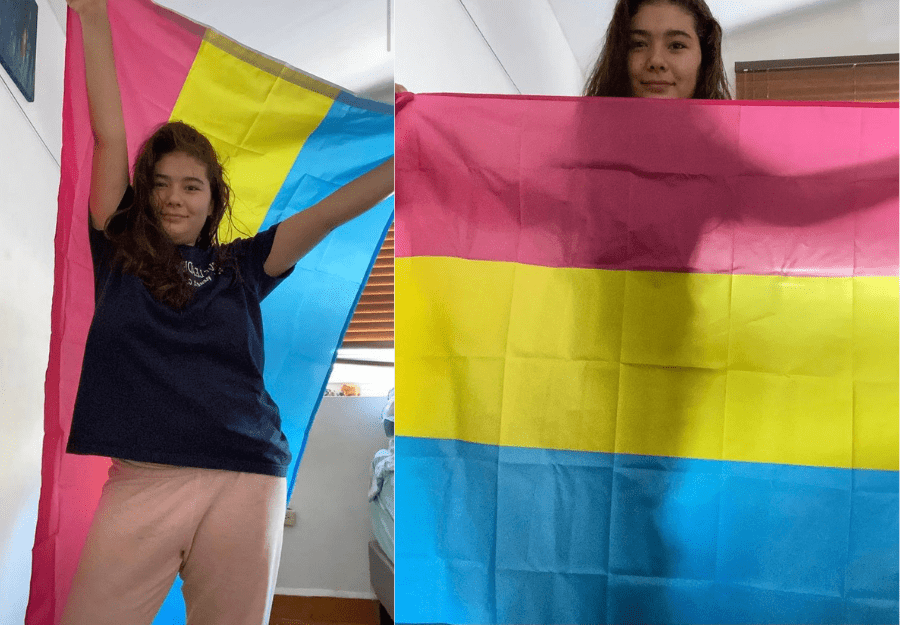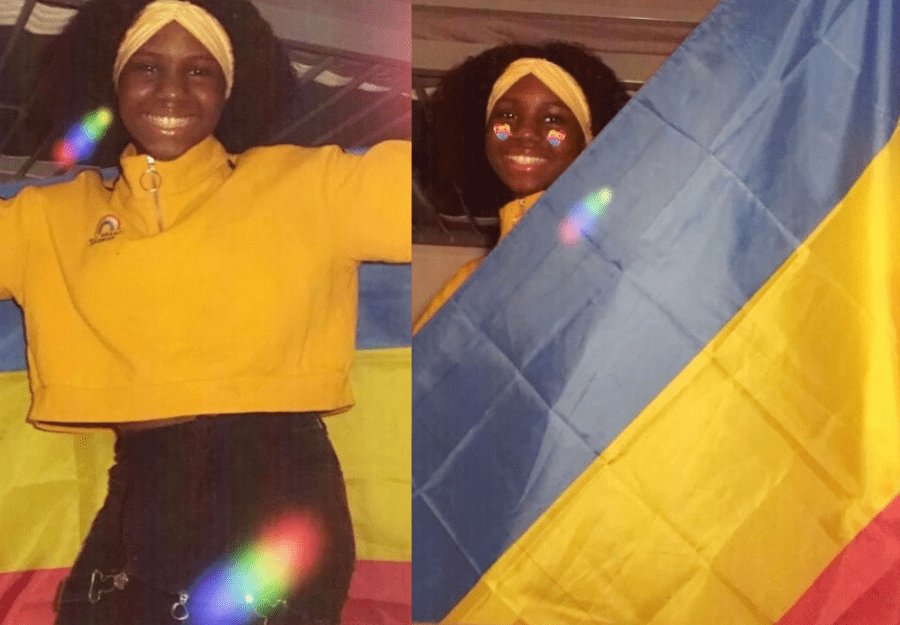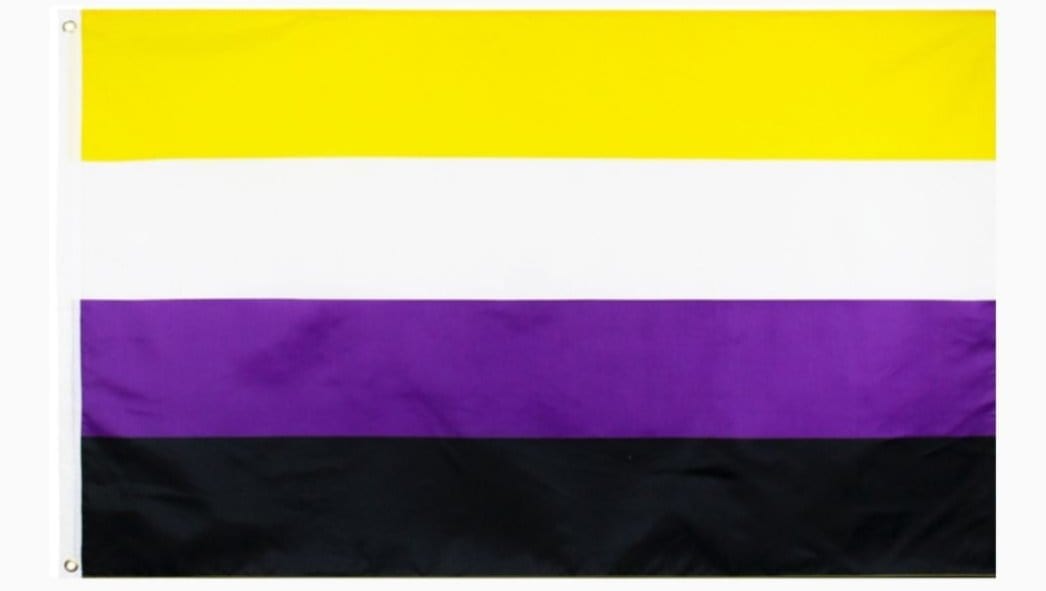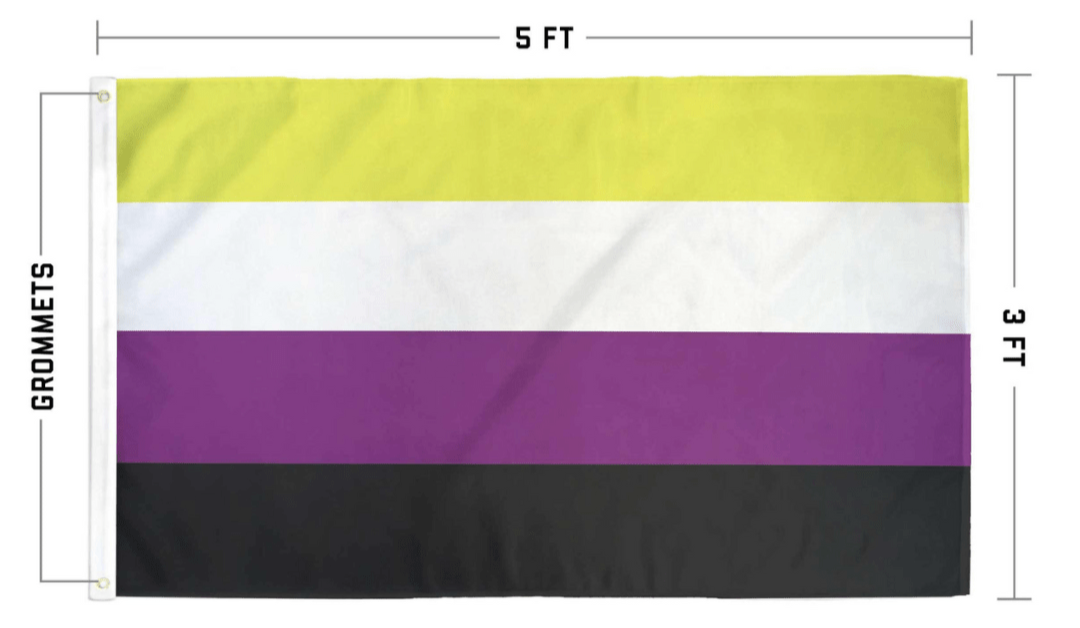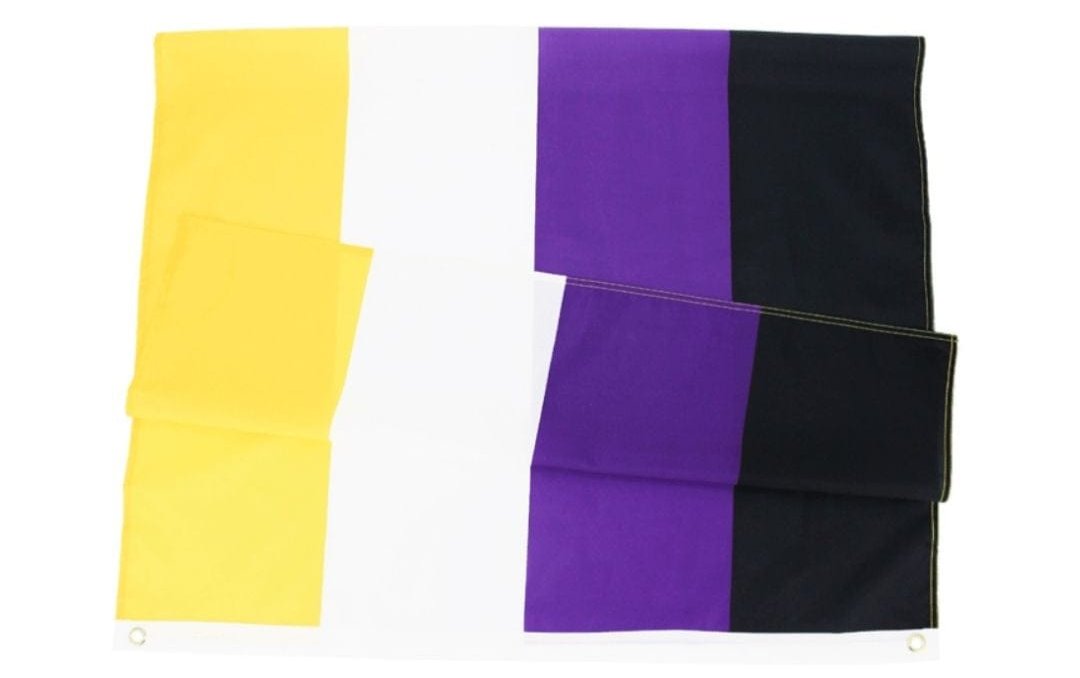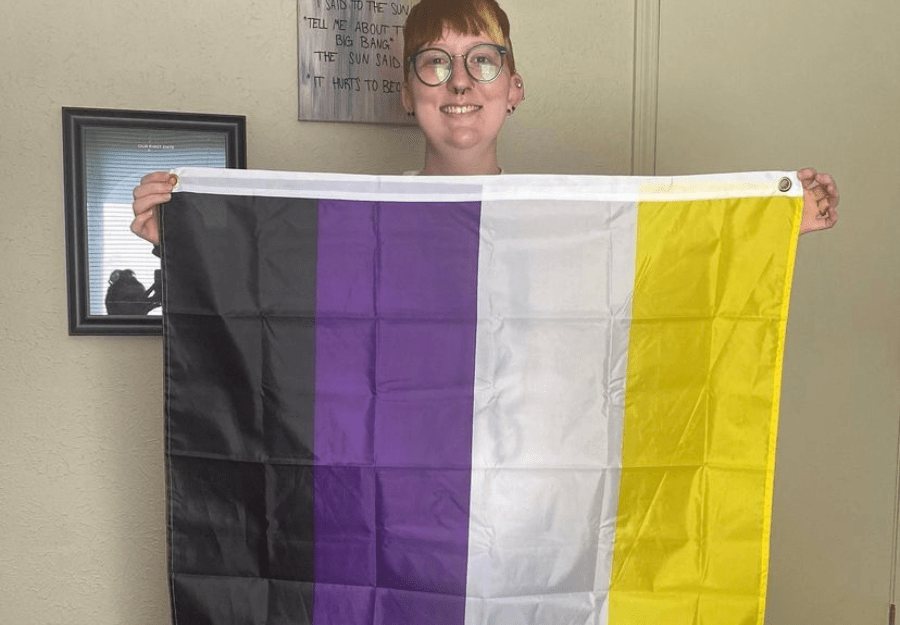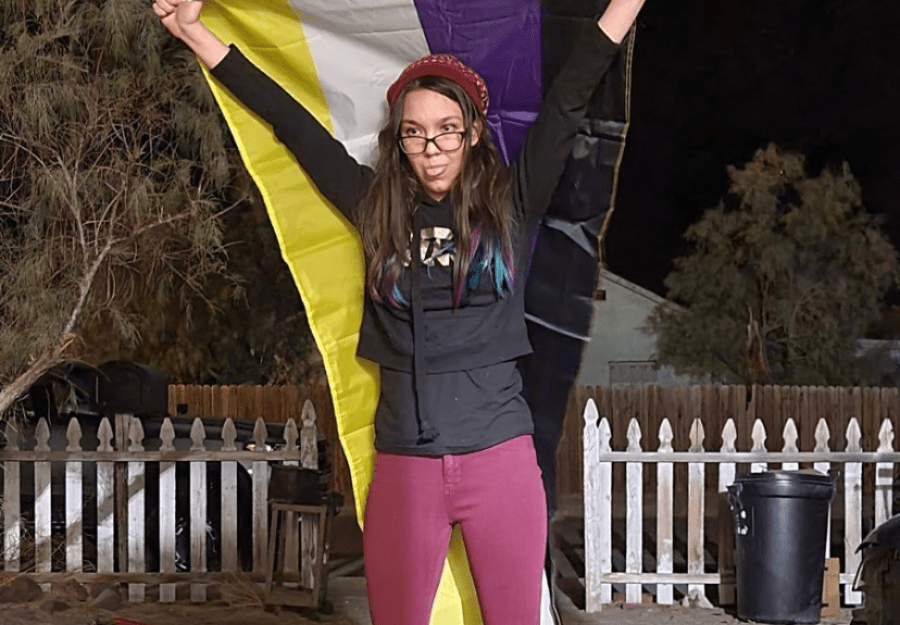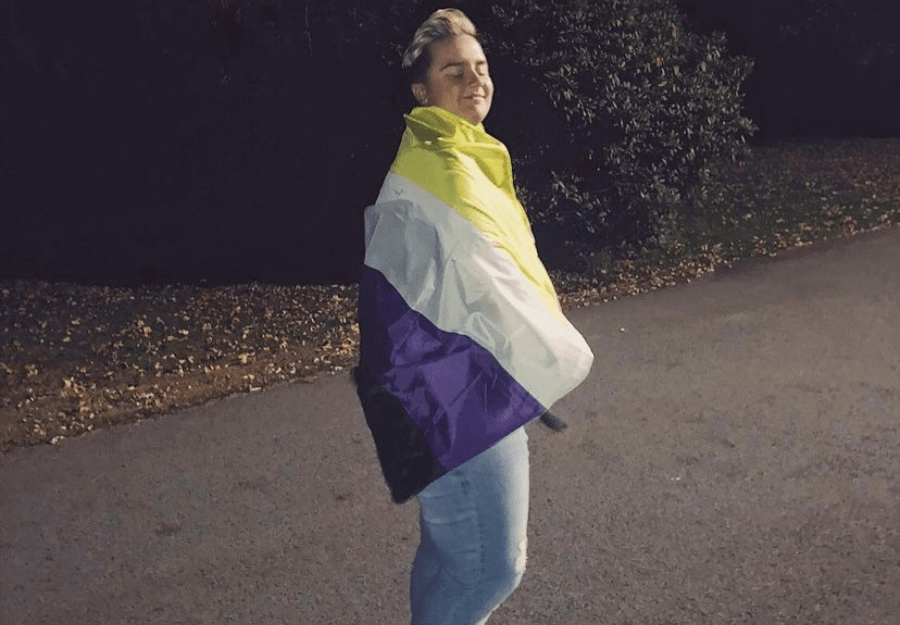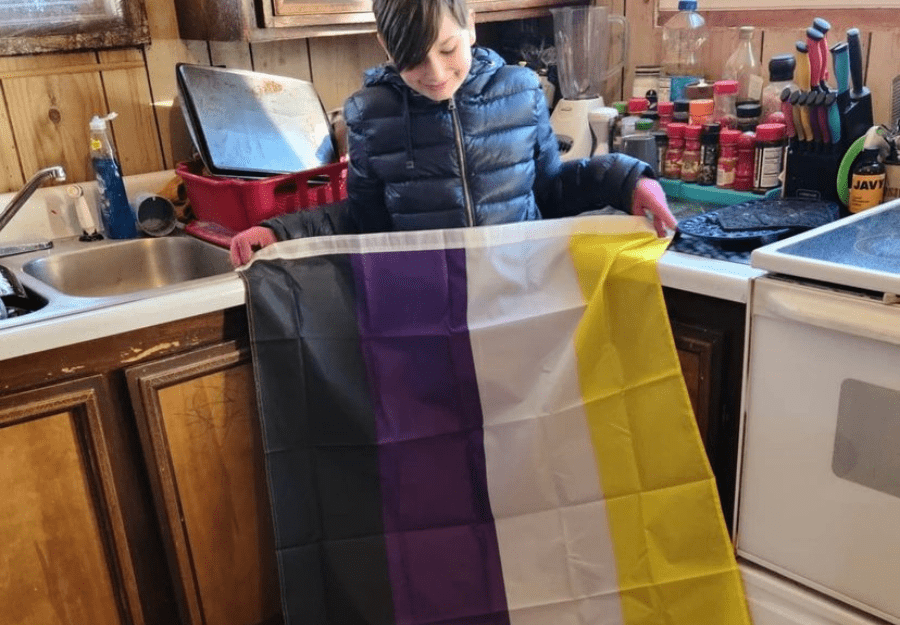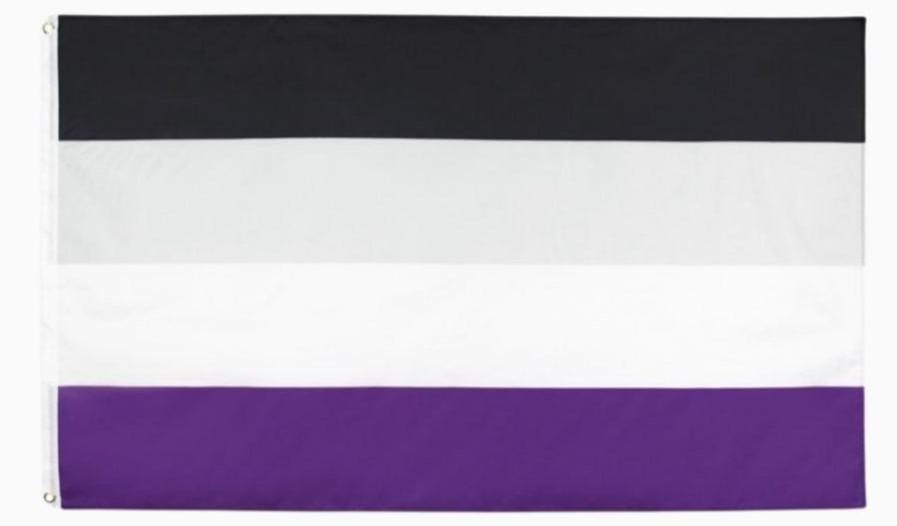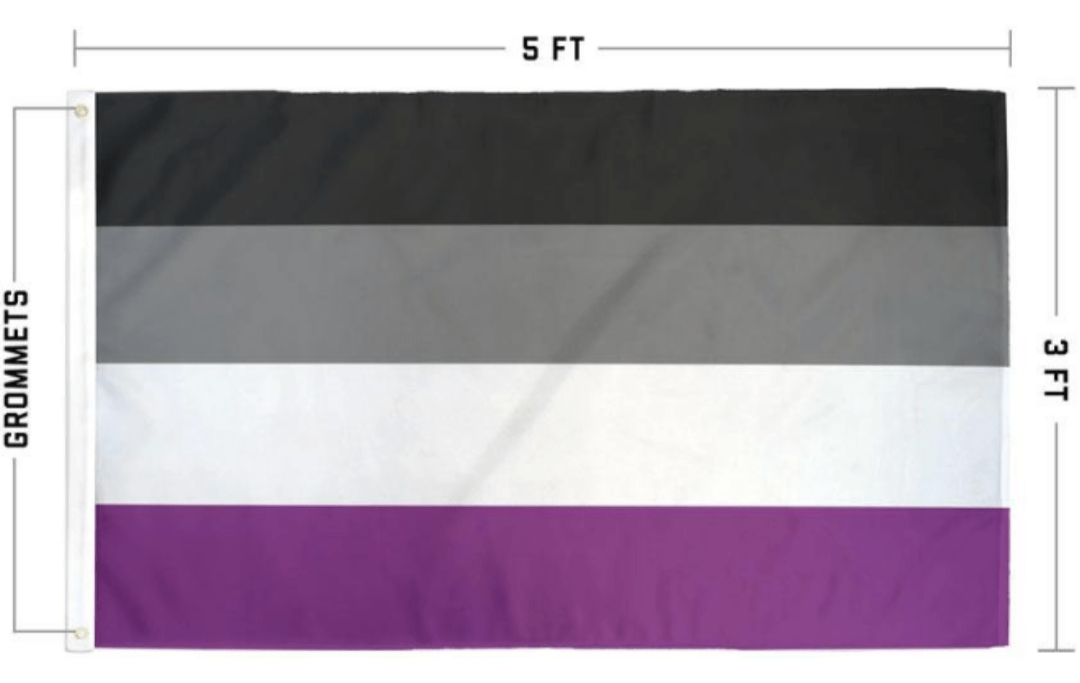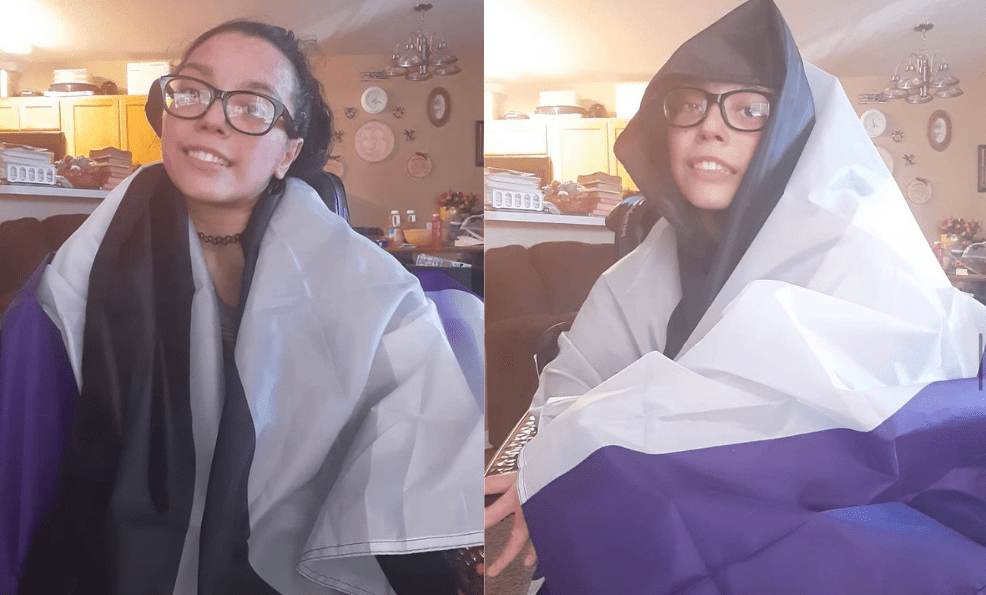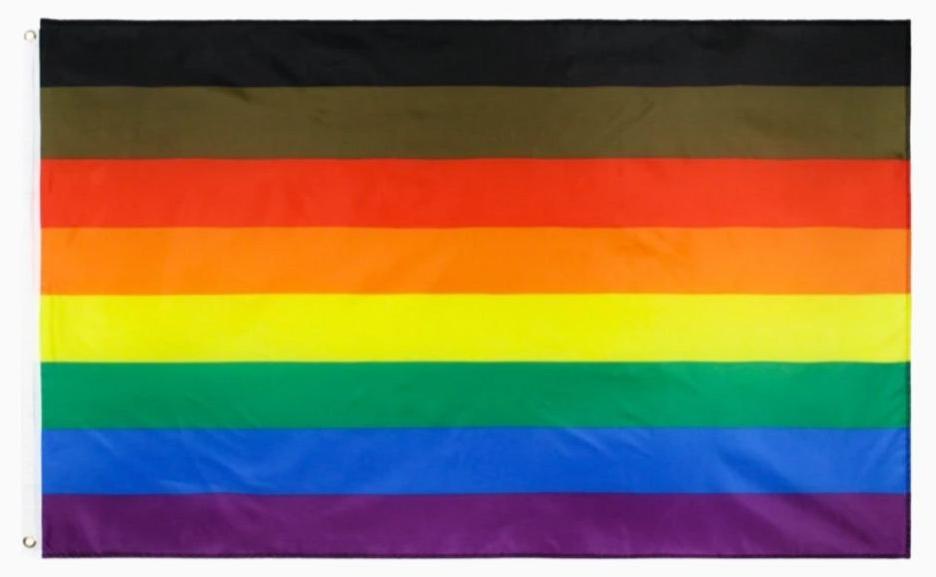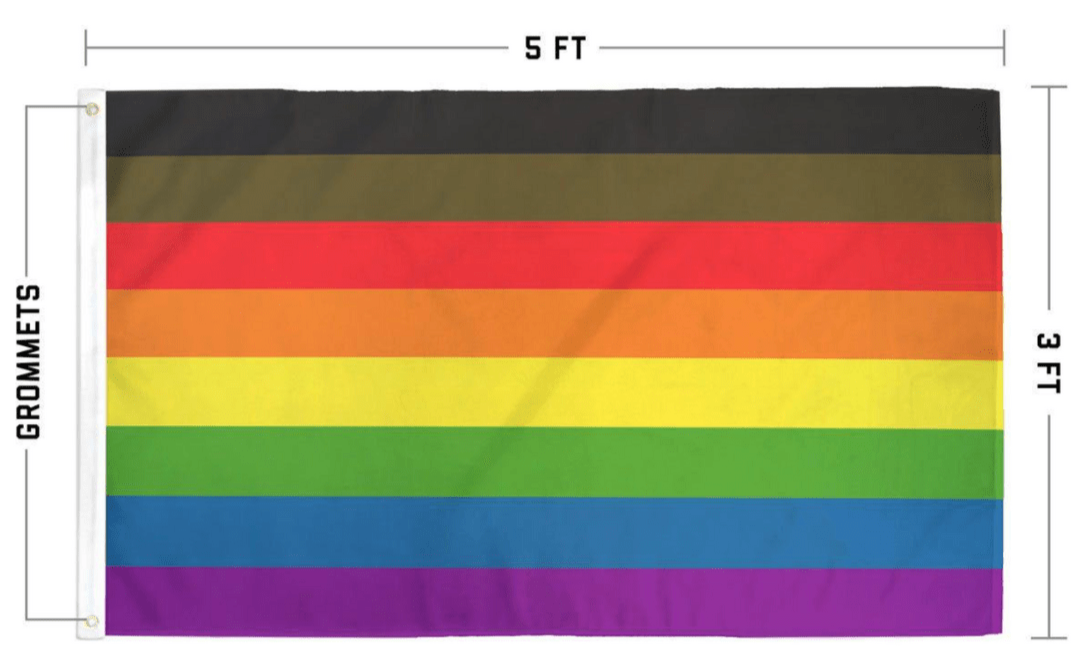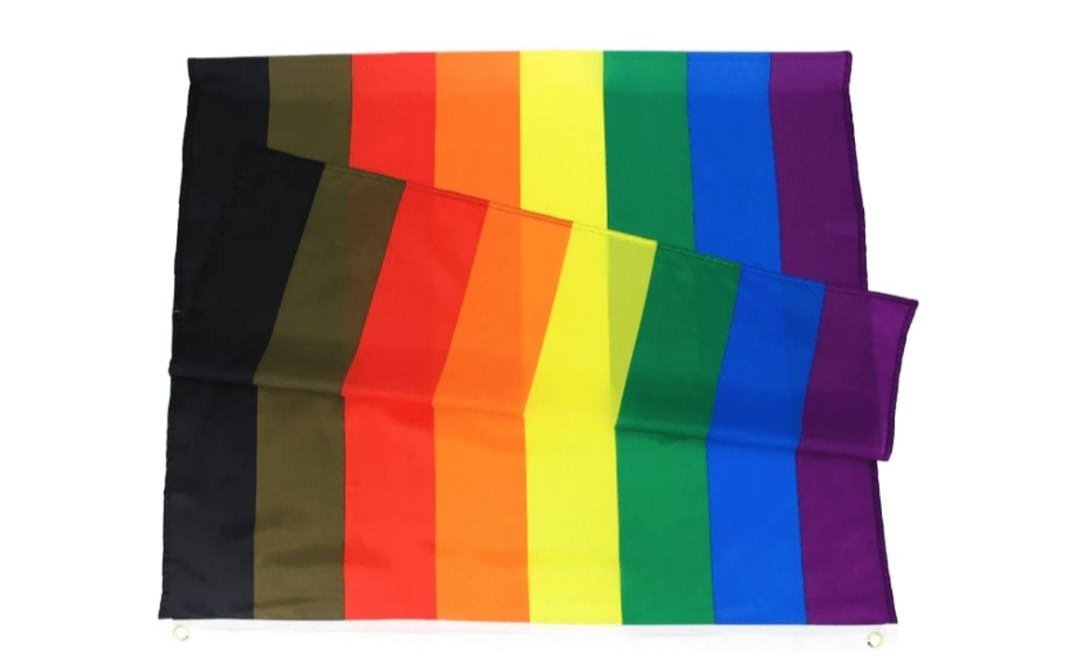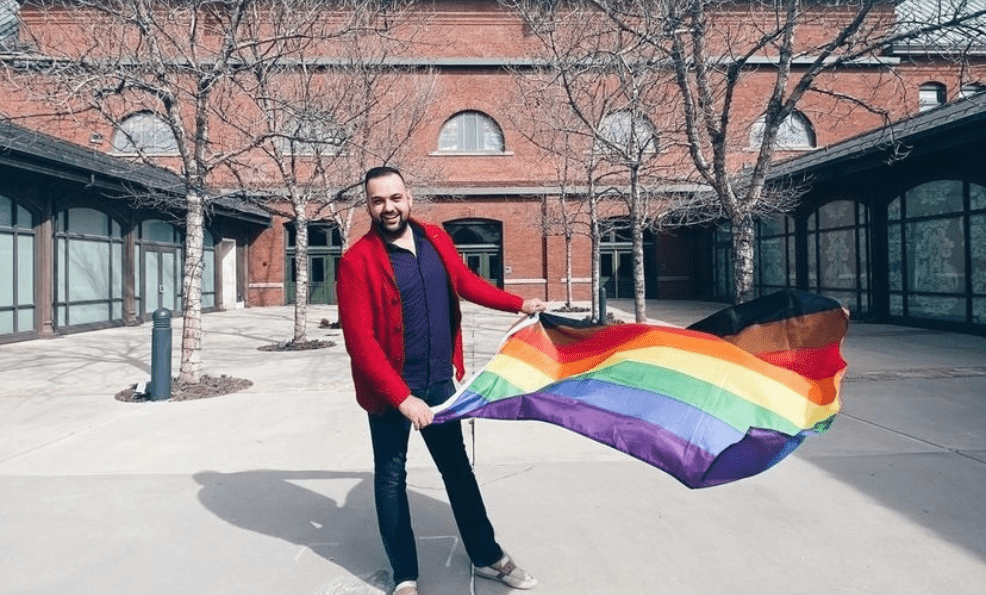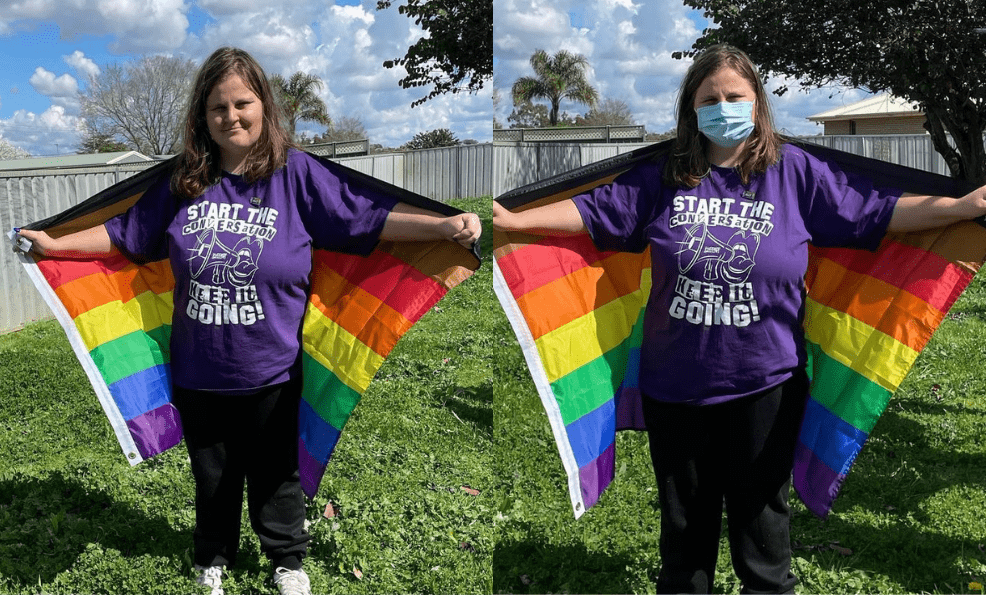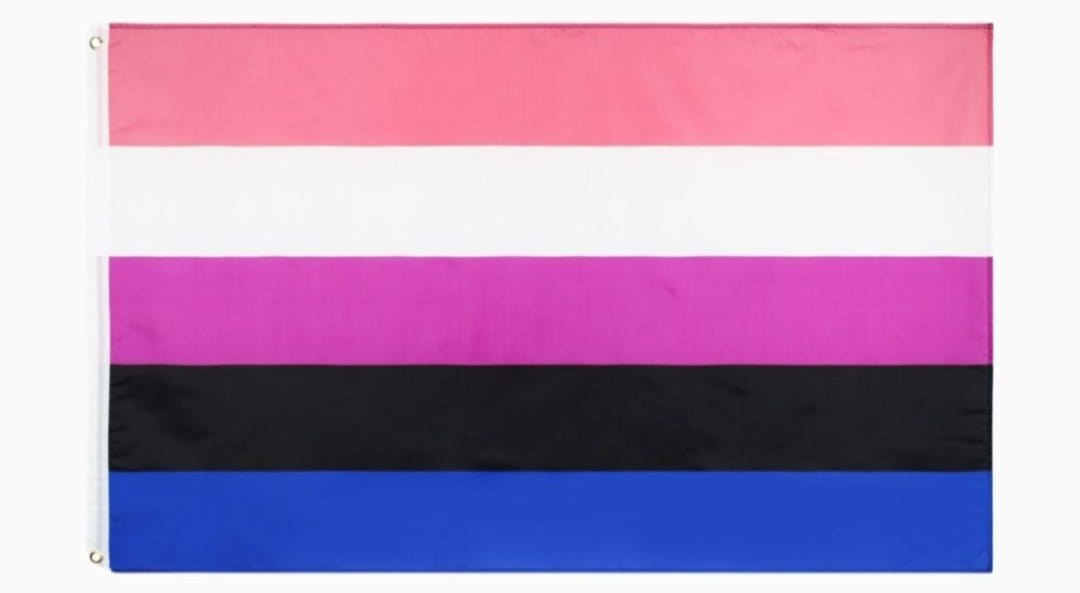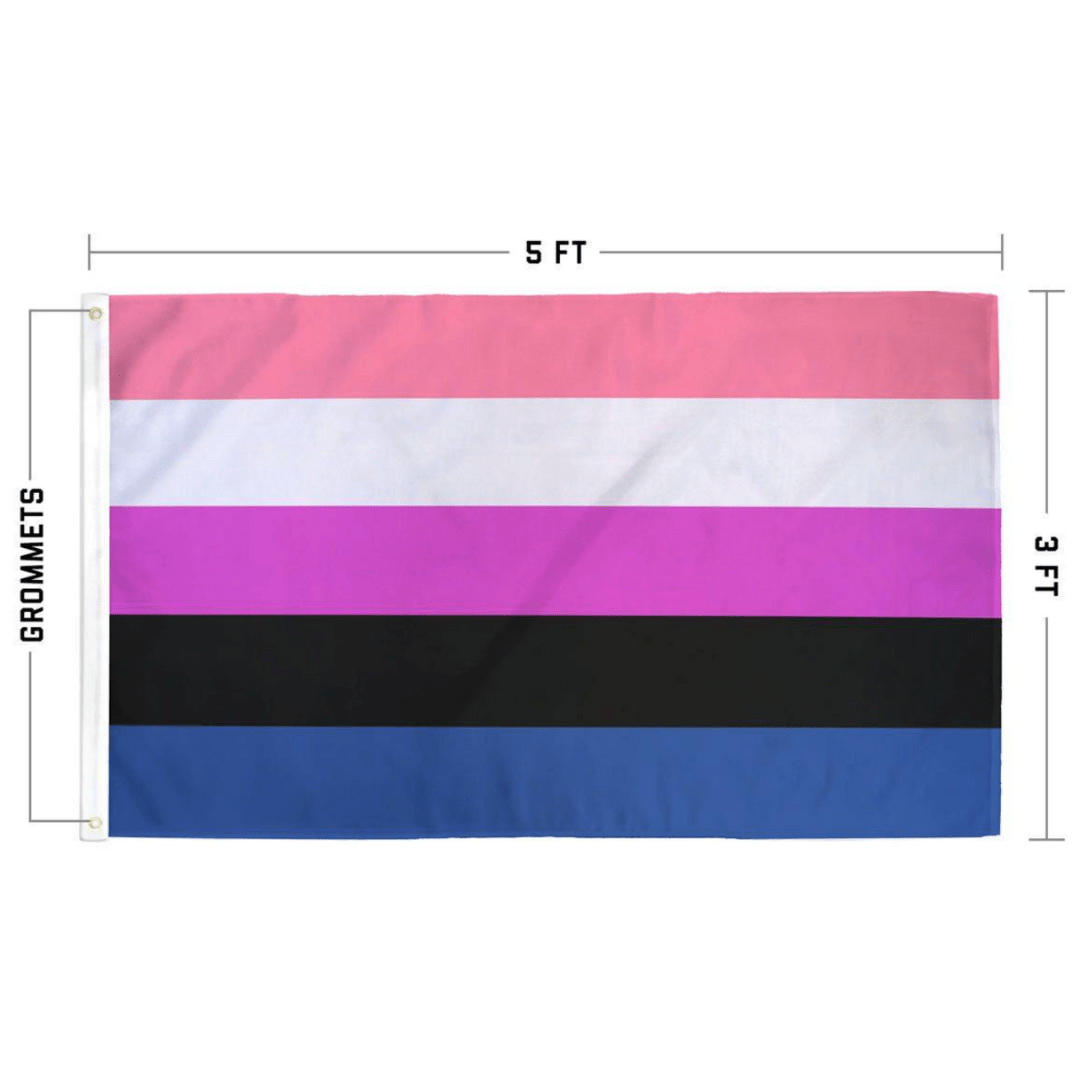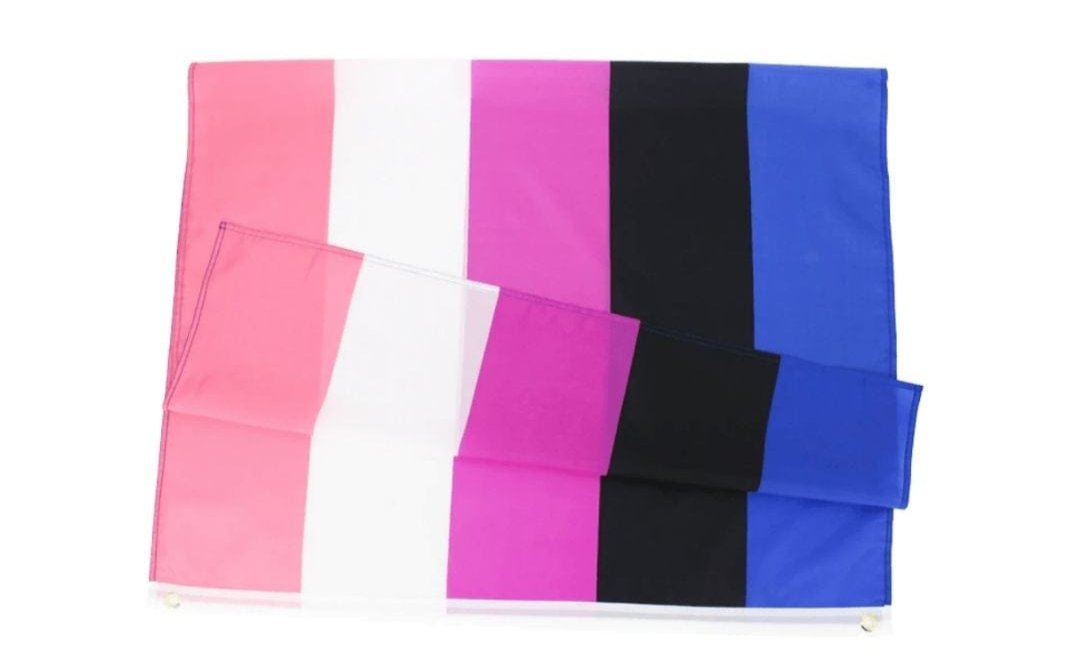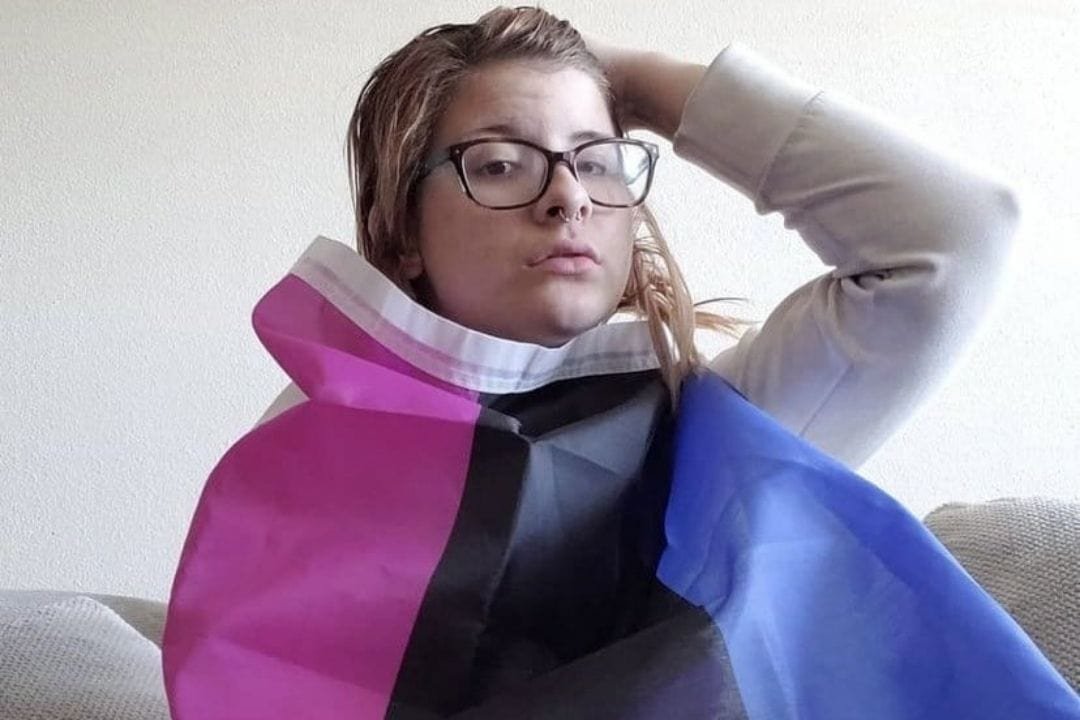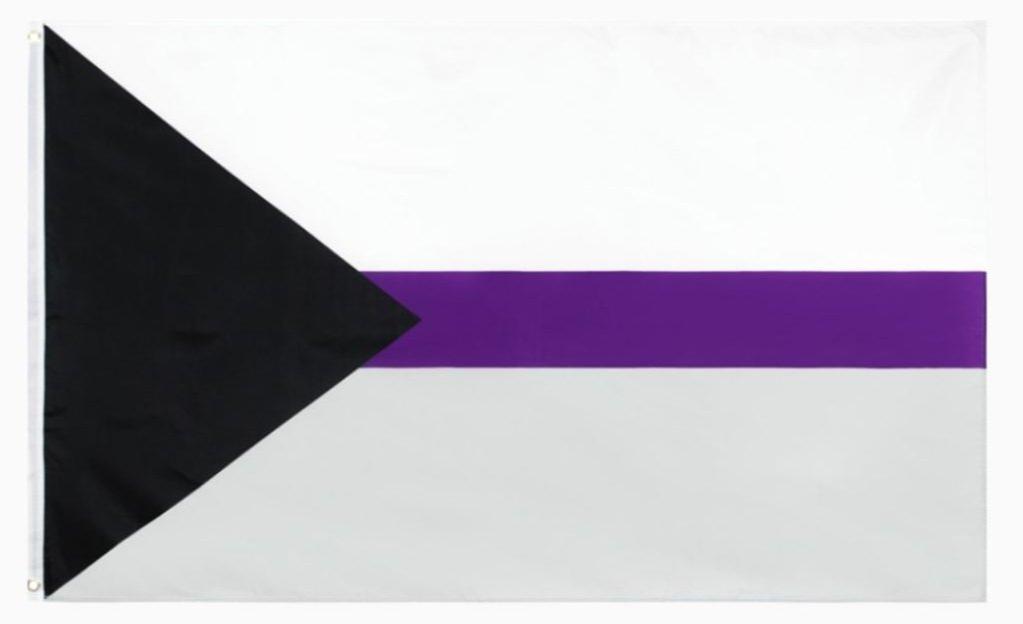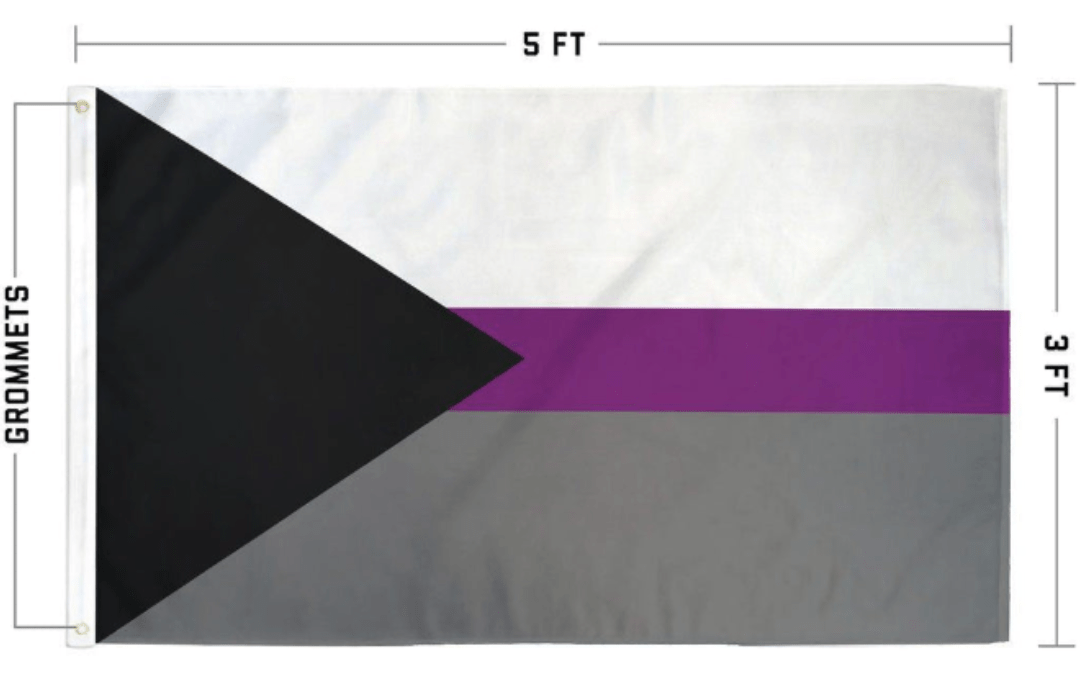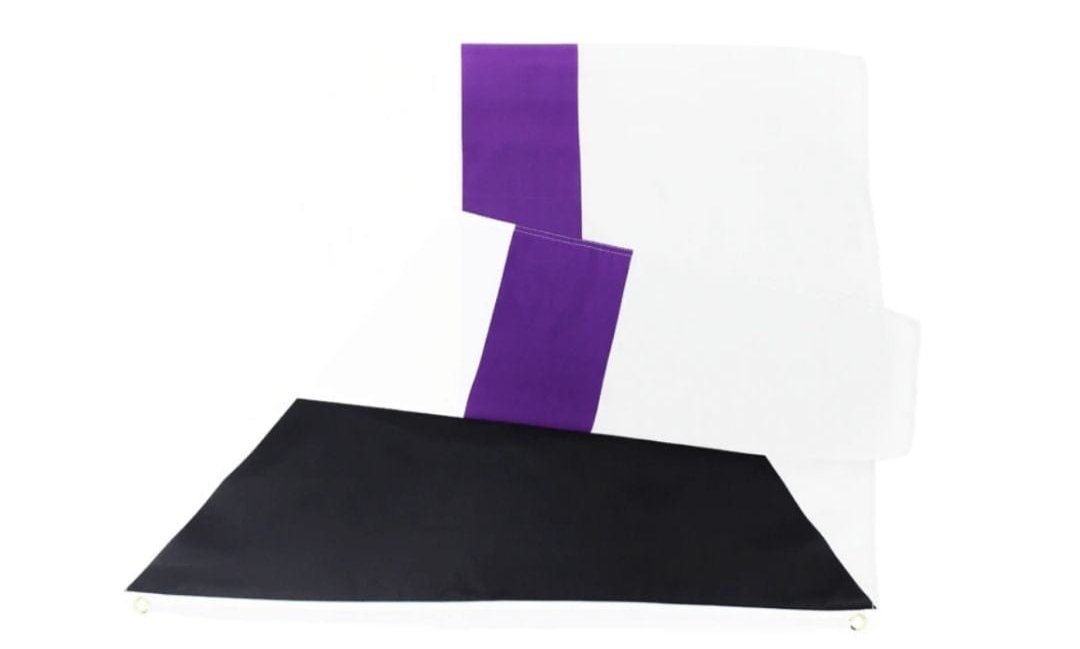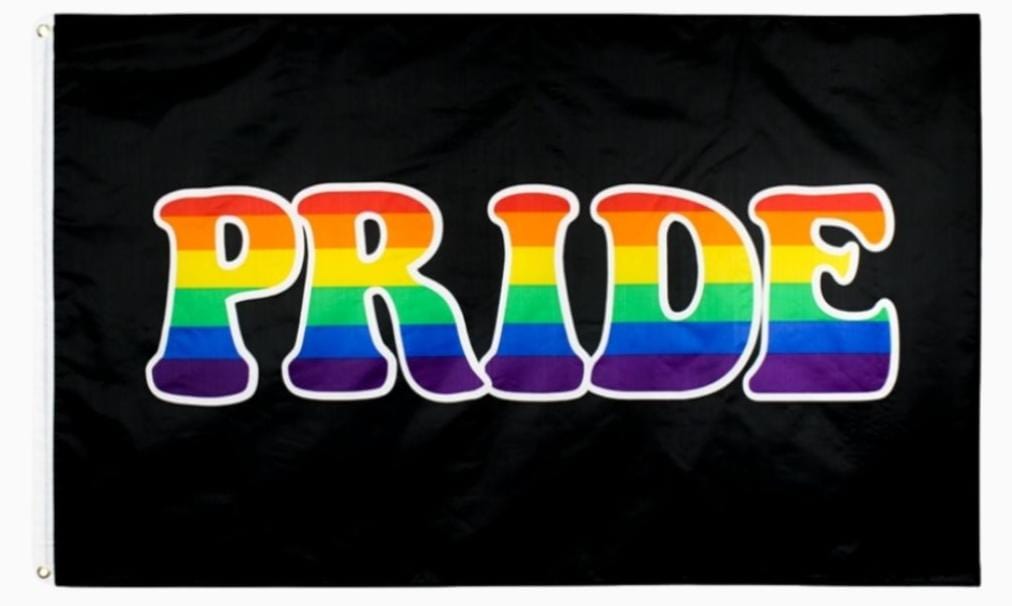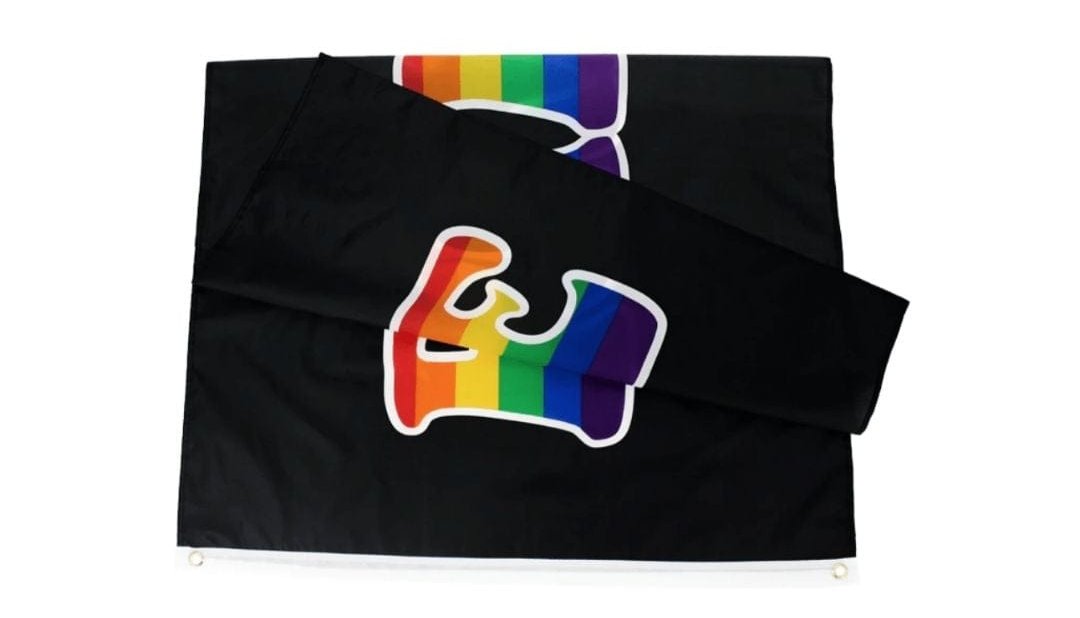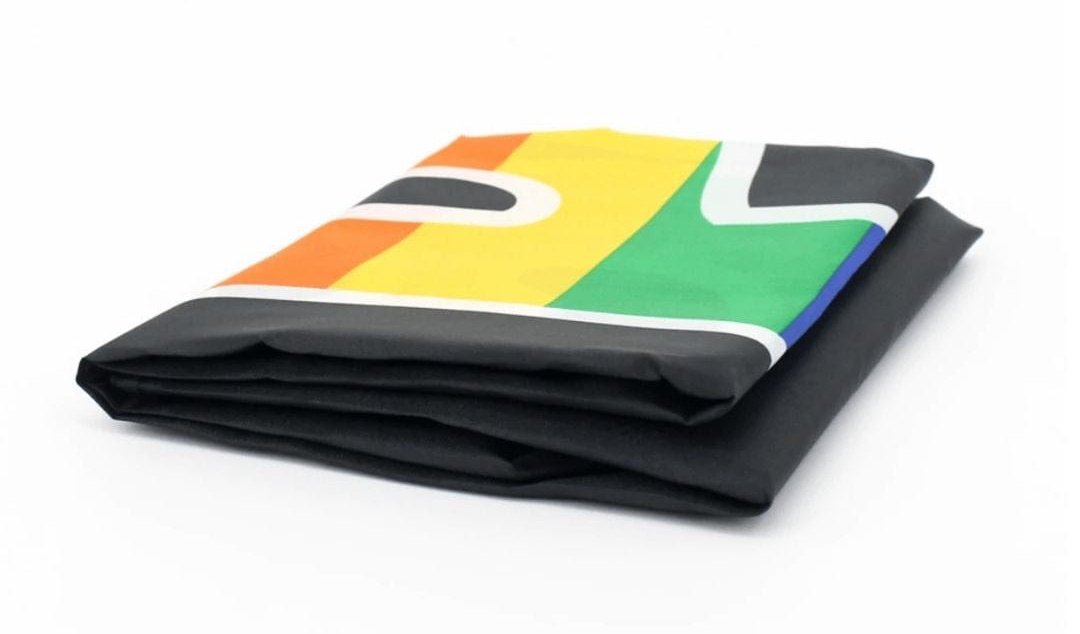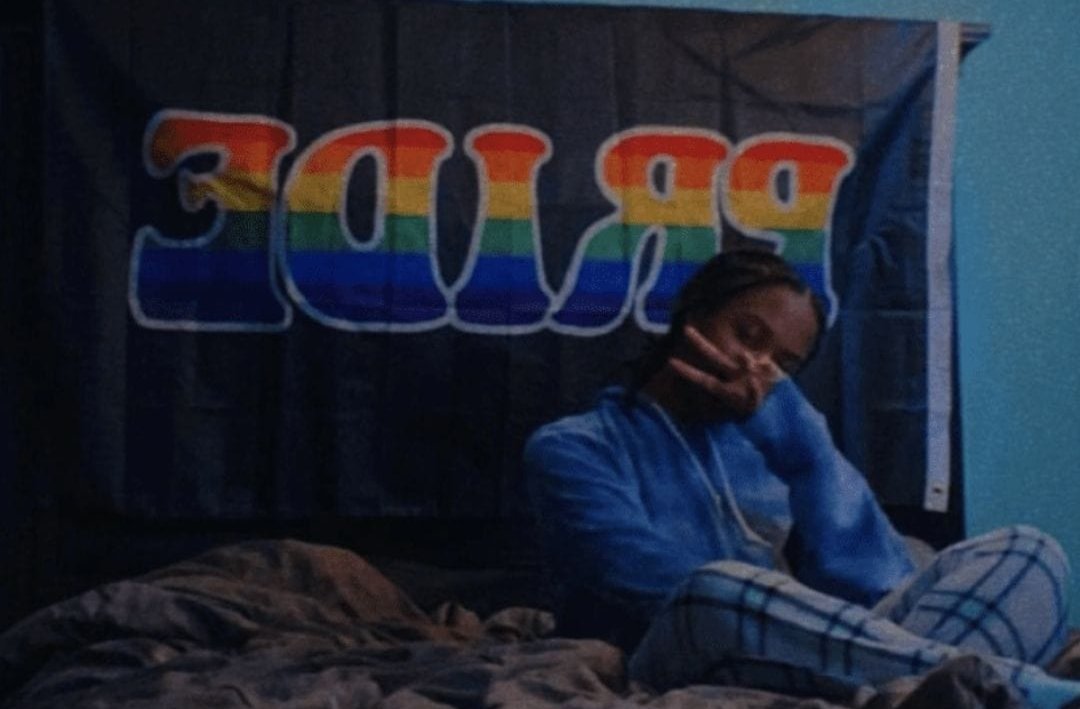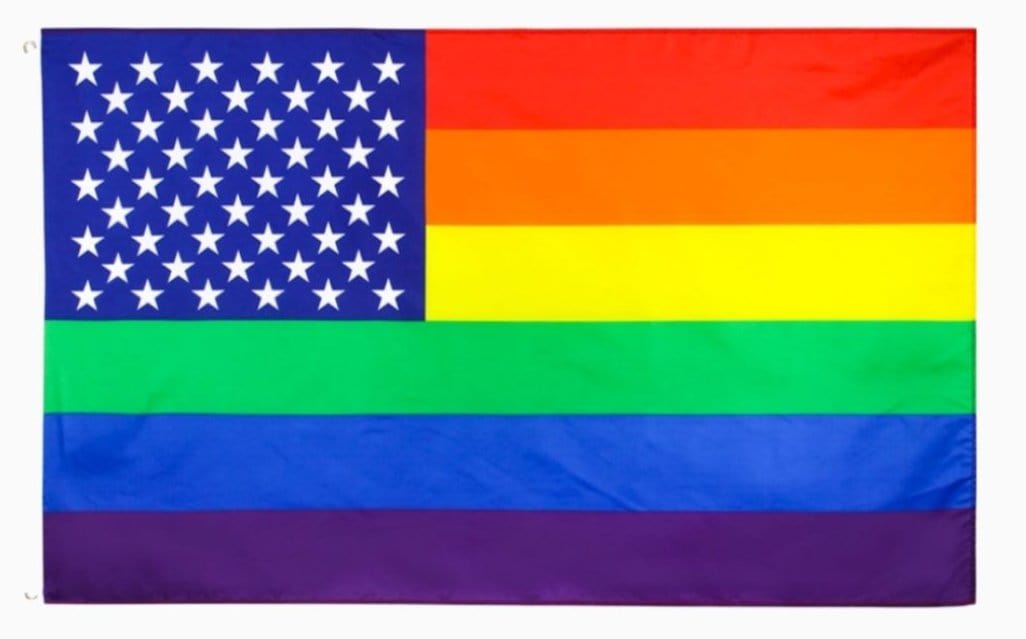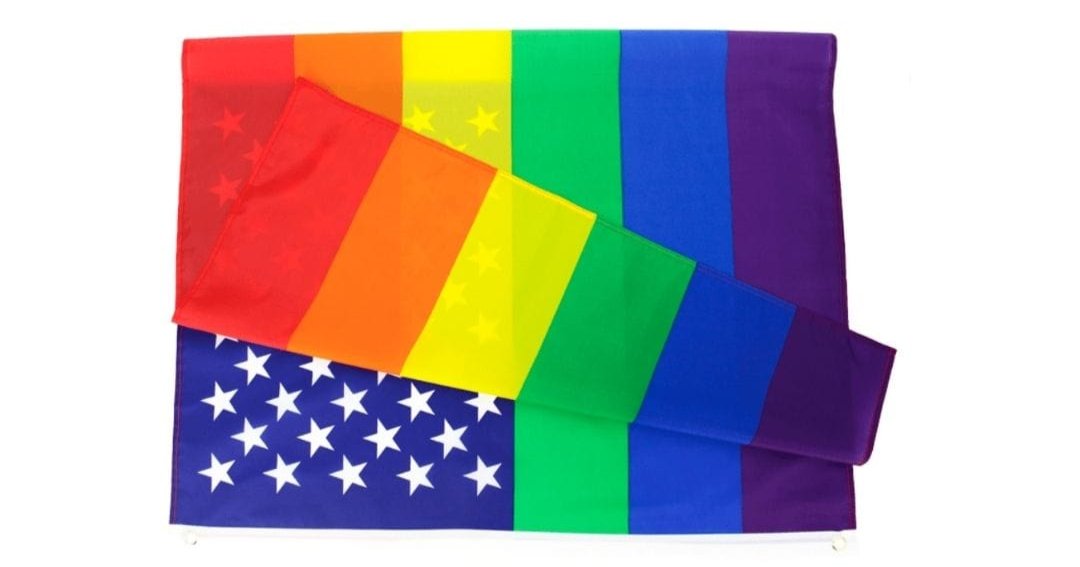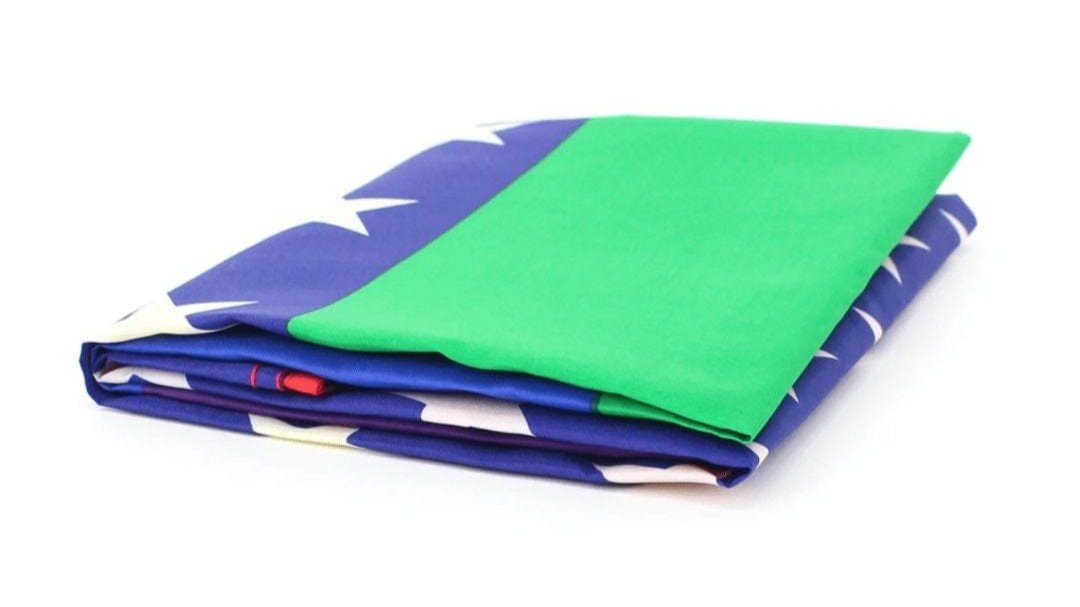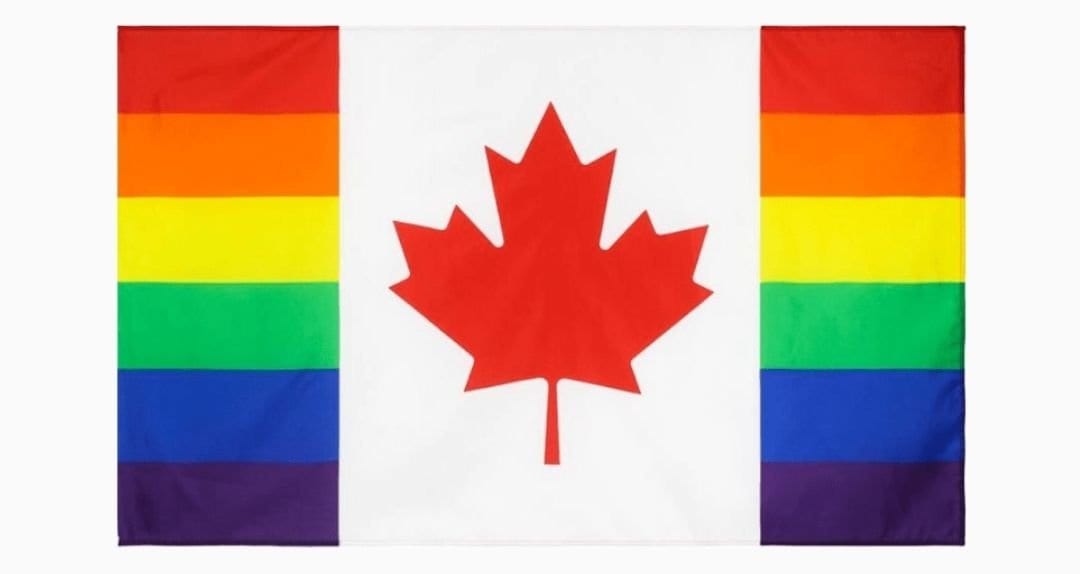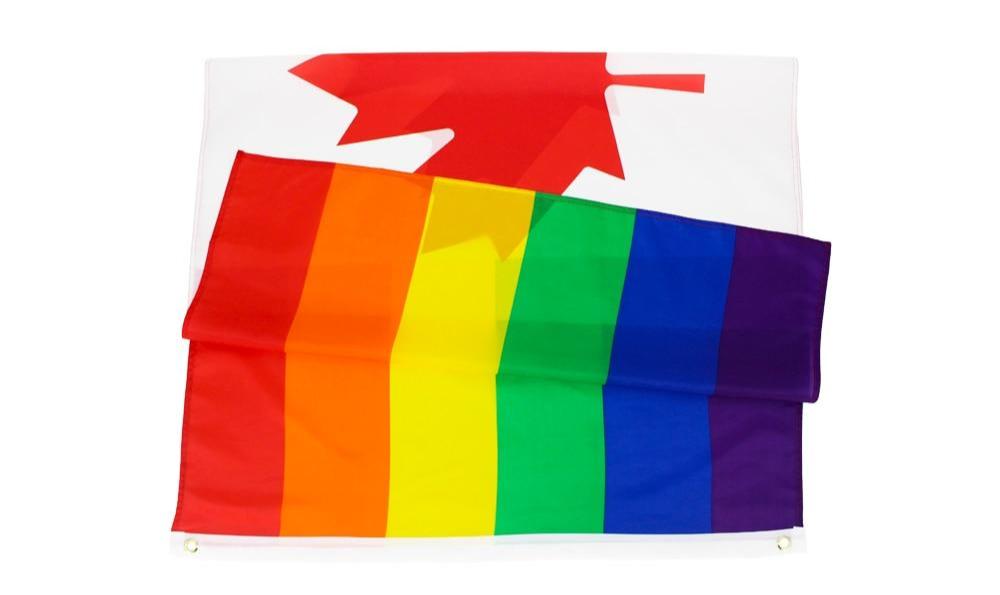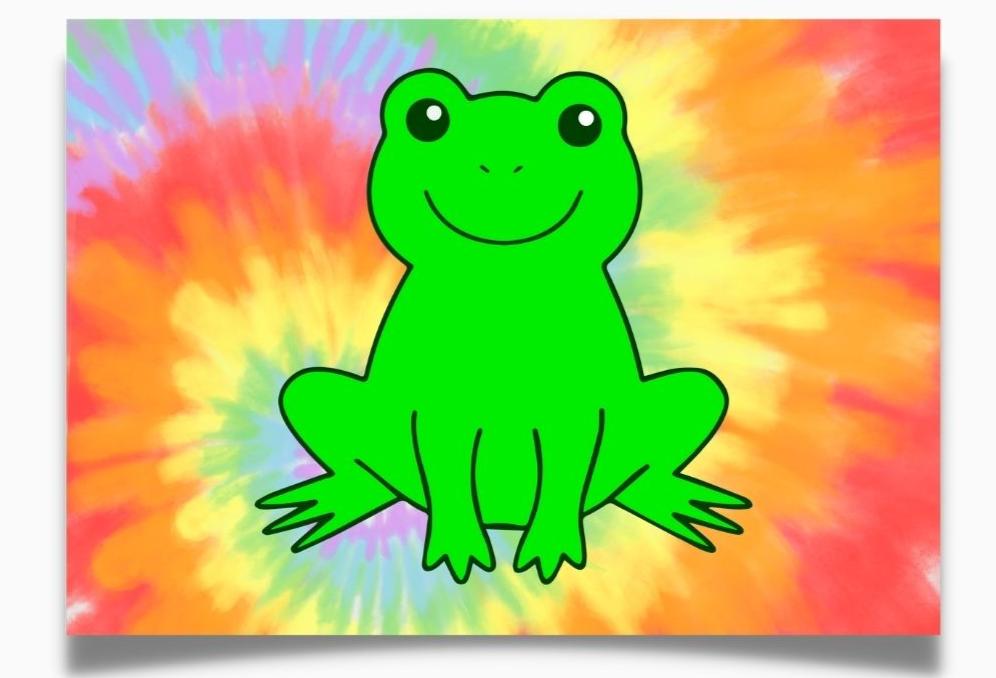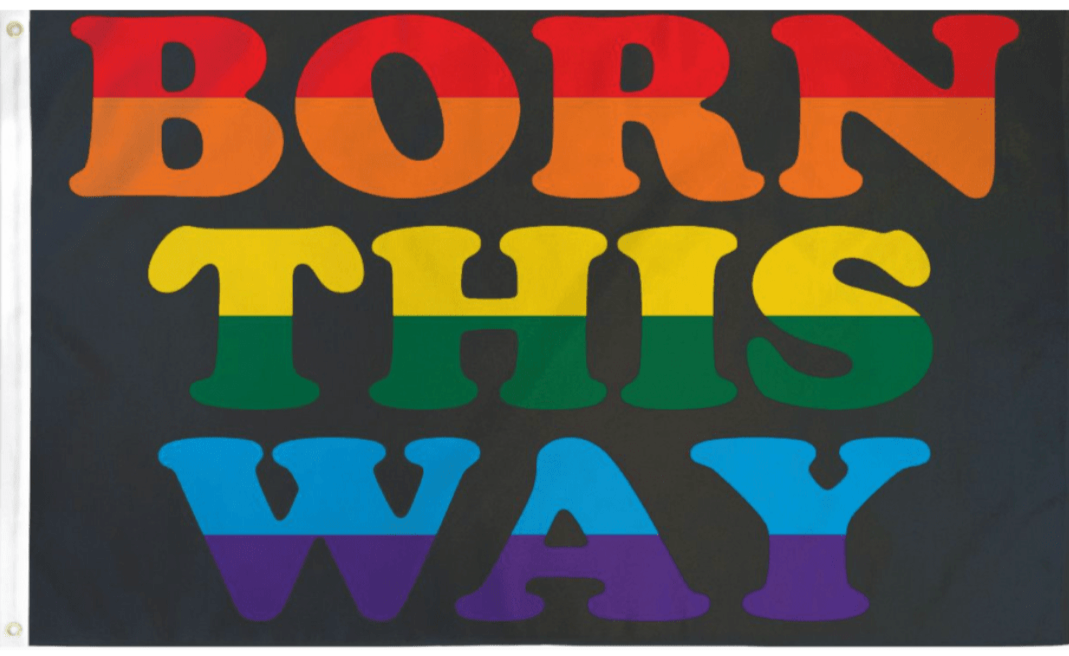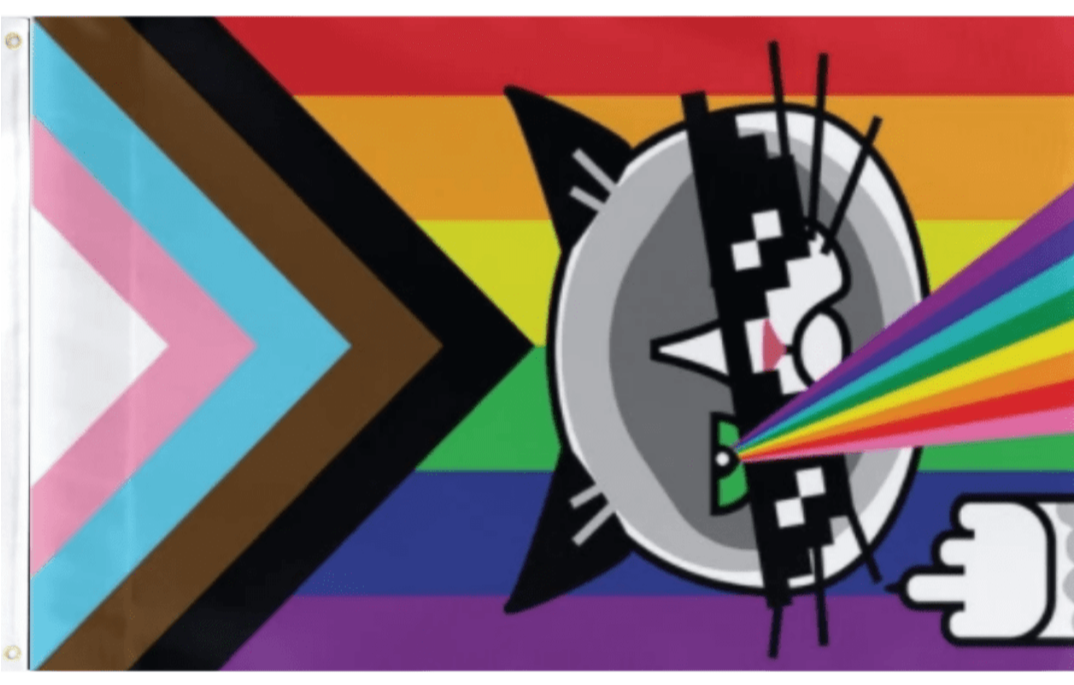Every April 6th, the world recognizes International Asexuality Day — a moment to uplift ace voices, educate about the asexual spectrum, and celebrate all the ways humans experience (and don’t experience) attraction.
But asexuality is more than a day. It’s a valid identity, a beautiful variation in the spectrum of human connection, and a powerful reminder that intimacy doesn’t have to look one way to be real.
Let’s dive into what asexuality truly means, the common misconceptions around it, and how we can better support and celebrate ace folks every day of the year.
🌈 What Is Asexuality?
At its core, asexuality refers to someone who experiences little to no sexual attraction to others. That doesn't mean asexual people don’t desire relationships, love, or connection — it just means sexual attraction isn’t a defining element for them.
Like all identities, asexuality exists on a spectrum. Some people may feel attraction rarely (graysexual), only after forming deep emotional bonds (demisexual), or fluctuate in how they experience attraction over time.
Want a deeper dive into this? Check out our blog post on What Is Asexual? and The Asexual Spectrum Explained to learn more about the rich diversity within ace experiences.
📅 What Is International Asexuality Day?
International Asexuality Day (IAD) is celebrated every April 6 and centers four pillars:
- Advocacy
- Celebration
- Education
- Solidarity
It’s a time to recognize that ace people are everywhere — in every culture, age, gender, and background.
🧠 Asexuality Redefines Love and Connection
Love isn’t one-size-fits-all — and neither is attraction. Asexuality invites us to expand our understanding of intimacy, affection, and partnership.
Many asexual people form deep, fulfilling relationships — some romantic, some platonic, some queerplatonic. These bonds often center emotional closeness, shared life goals, or non-sexual intimacy. It’s a reminder that human connection doesn’t have to follow a script to be real.
💬 What It’s Like to Come Into Asexual Identity
For many people, discovering they’re asexual brings both relief and complexity. In a world that equates sex with love, being ace can feel isolating — especially when met with confusion or invalidation.
As ace advocate Casper Oliver shared in their personal journey, understanding asexuality gave them the language to love themselves authentically and stop forcing attraction where it didn’t exist.
❌ Common Misconceptions
Let's bust some myths:
- “You just haven’t met the right person yet.”
- “You’re too young to know.”
- “Are you broken?”
- “So, do you even date?”
These are examples of microaggressions — dismissive, invalidating comments that ace people hear far too often. Asexuality is not a phase. It’s not brokenness. And it’s definitely not a punchline.
🤝 How to Support Asexual People
- Don’t assume everyone experiences sexual attraction
- Don’t pressure ace people to explain or defend their identity
- Respect their boundaries and relationship structures
- Share ace content, elevate ace creators, and normalize non-sexual love
- Use inclusive language: not every couple is romantic or sexual
And yes — visibility matters. Wearing ace pride with confidence sends a message that this identity is here, valid, and powerful. Show support with our Asexuality Pride Flag.
🌟 Final Thoughts
Asexuality teaches us that there are infinite ways to be whole. To be connected. To love — or simply exist — without explanation.
So this International Asexuality Day, let’s celebrate ace people for exactly who they are, not who the world expects them to be.
To every ace person reading this:
We see you. We believe you. We honor your truth.
And to everyone else:
It’s time to expand your idea of love — because asexuality is part of the LGBTQ+ family. Always has been. Always will be. 🖤💜🤍
Tags: #InternationalAsexualityDay #AceAwareness #AsexualVisibility #LGBTQVoices #LiveYourTruth #PridePalace #AceSpectrum #AsexualAndProud #QueerLove #AceIsValid #AsexualCommunity



